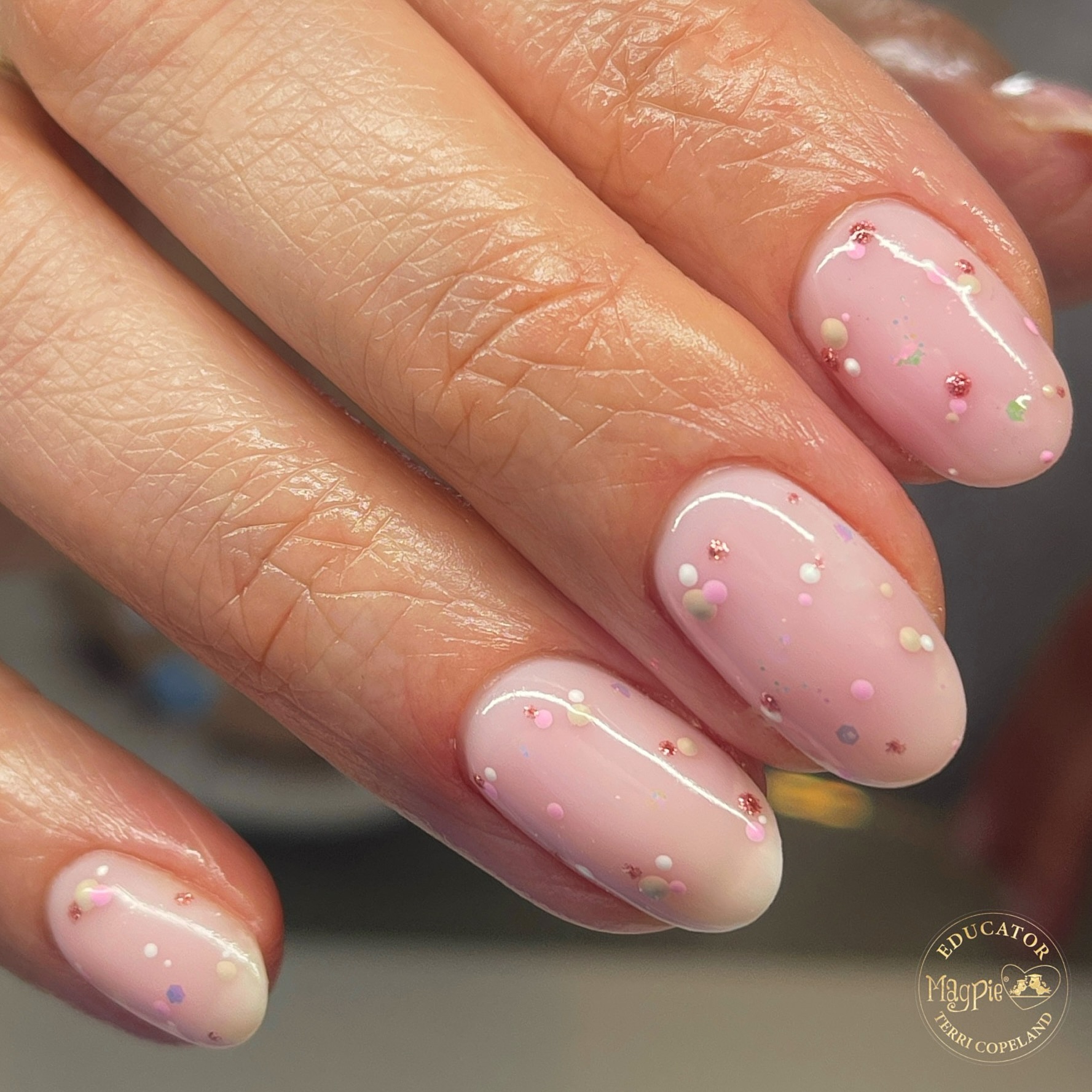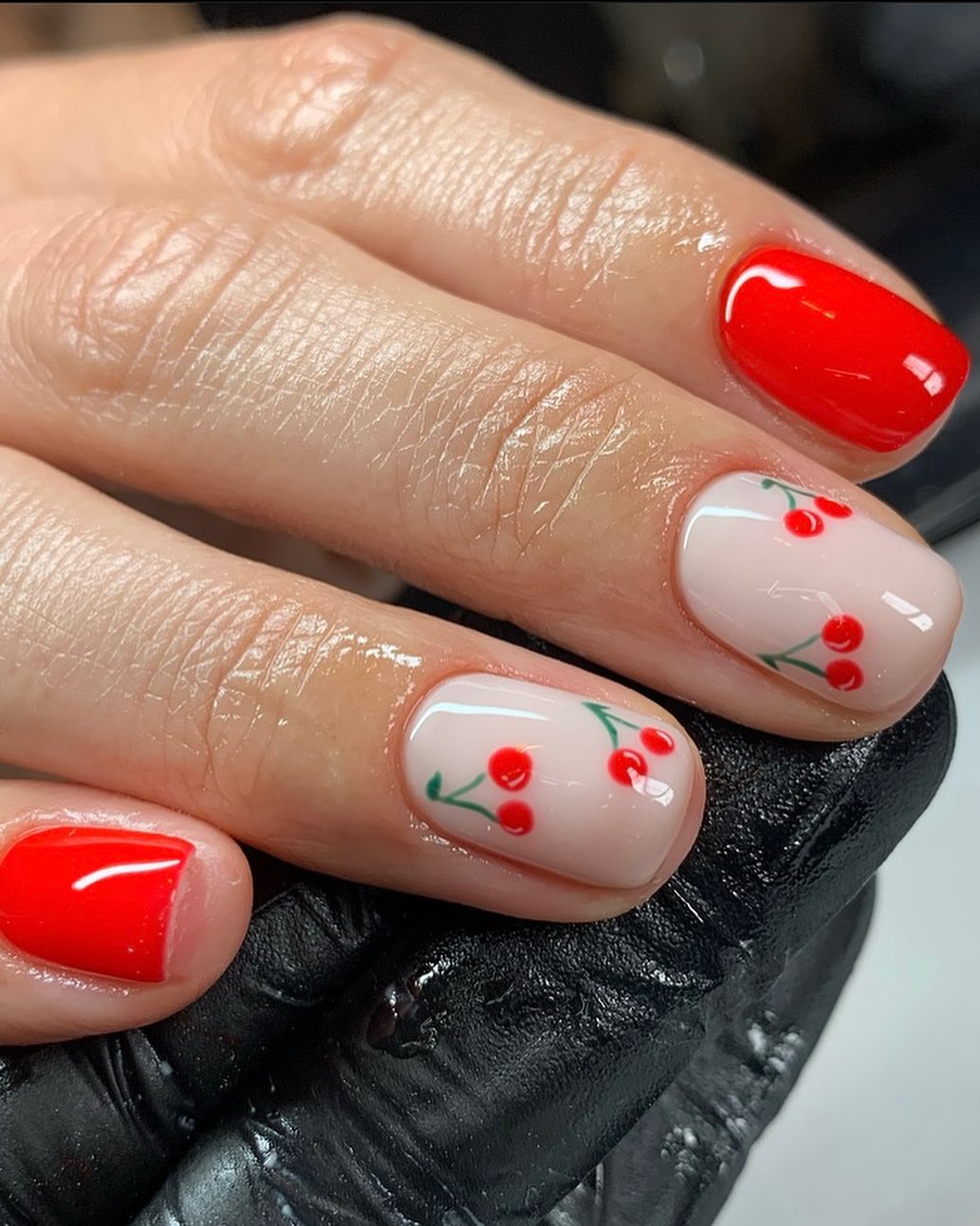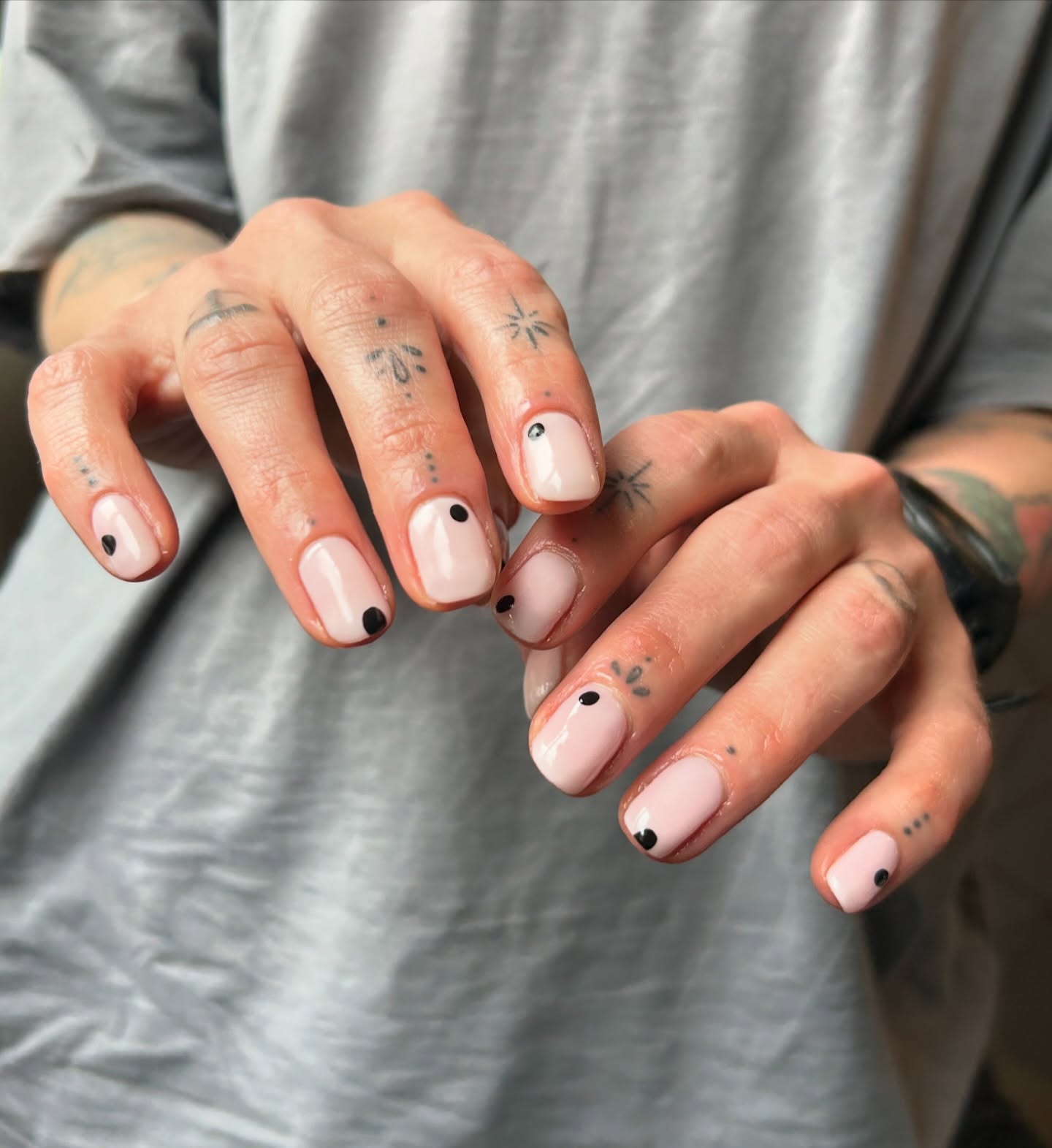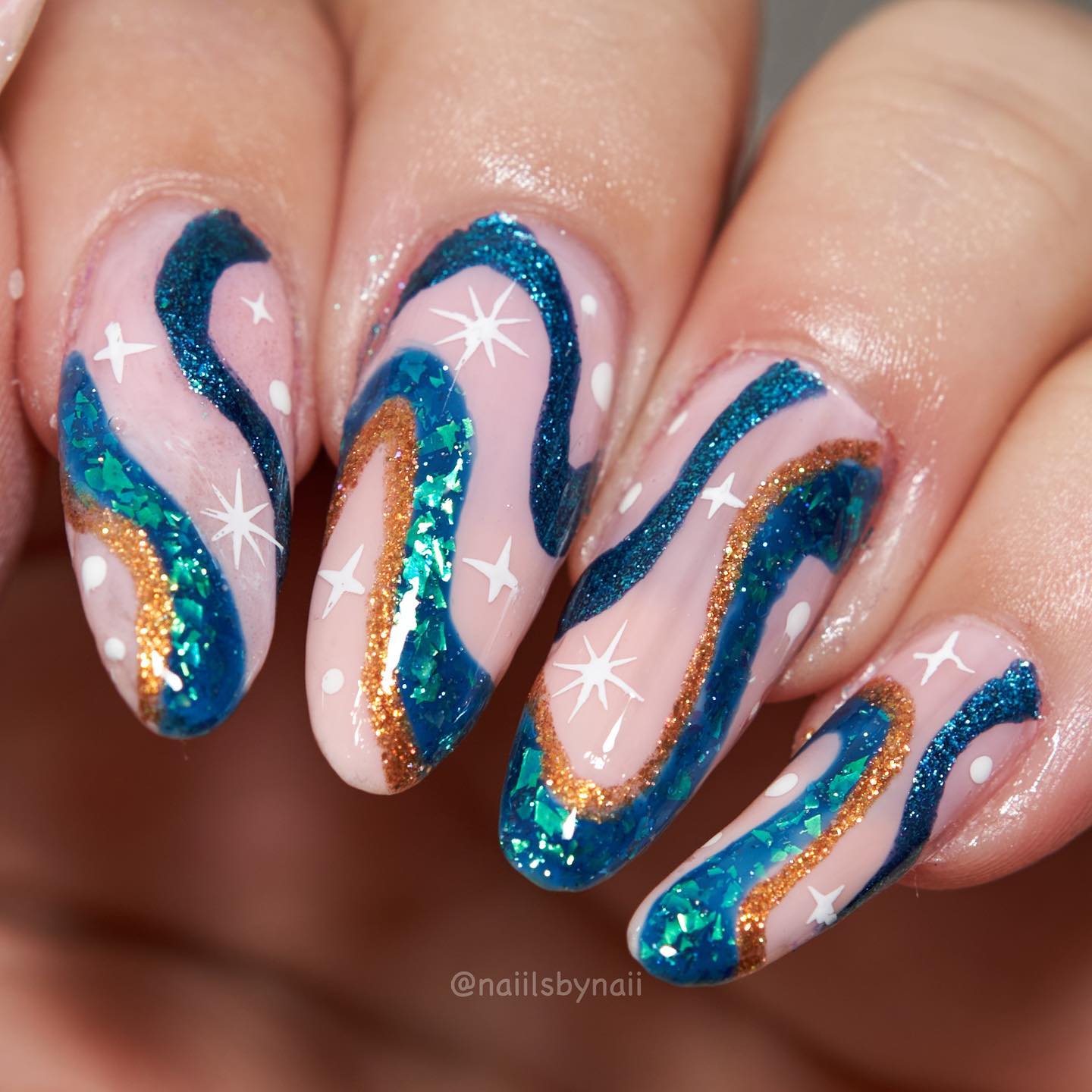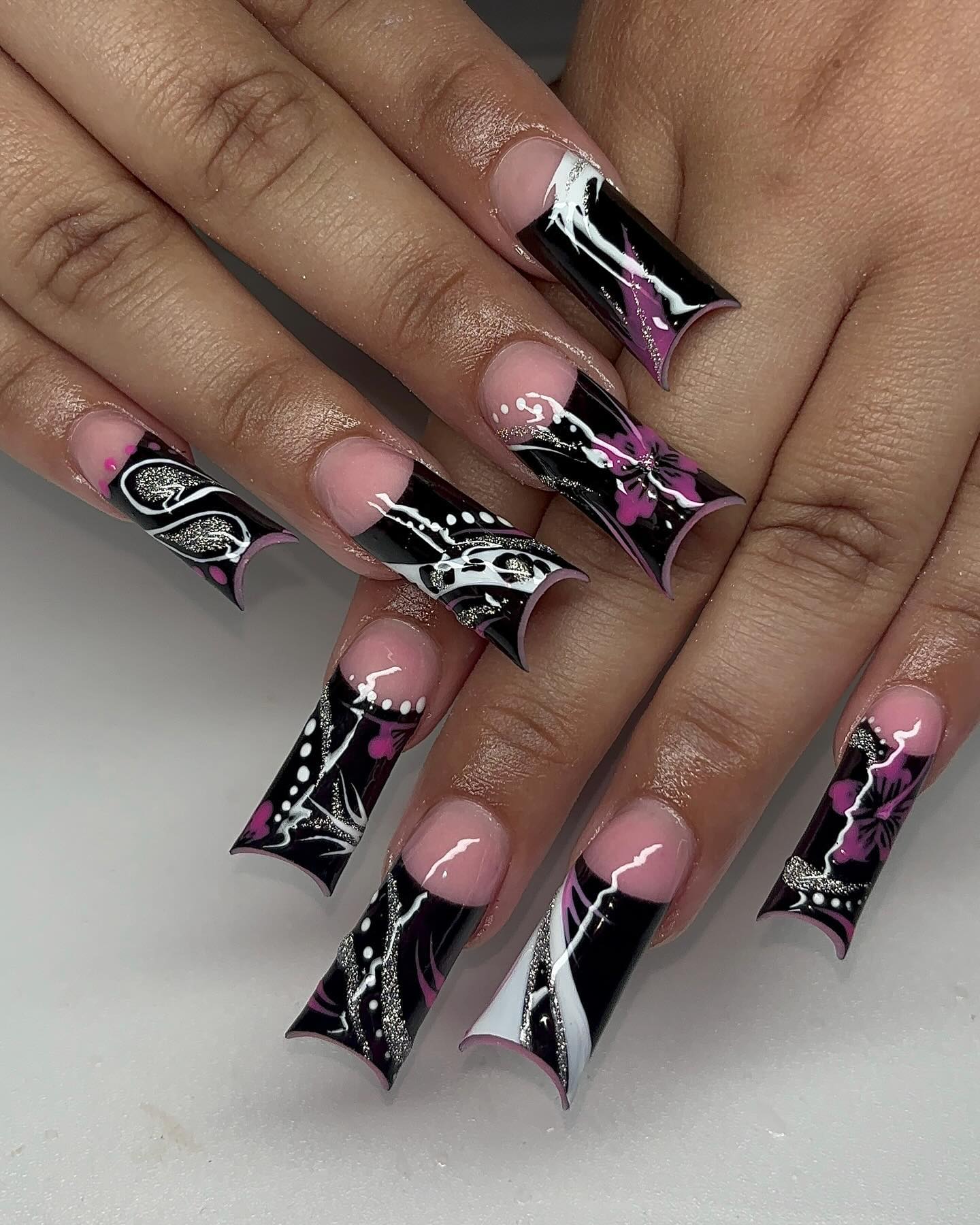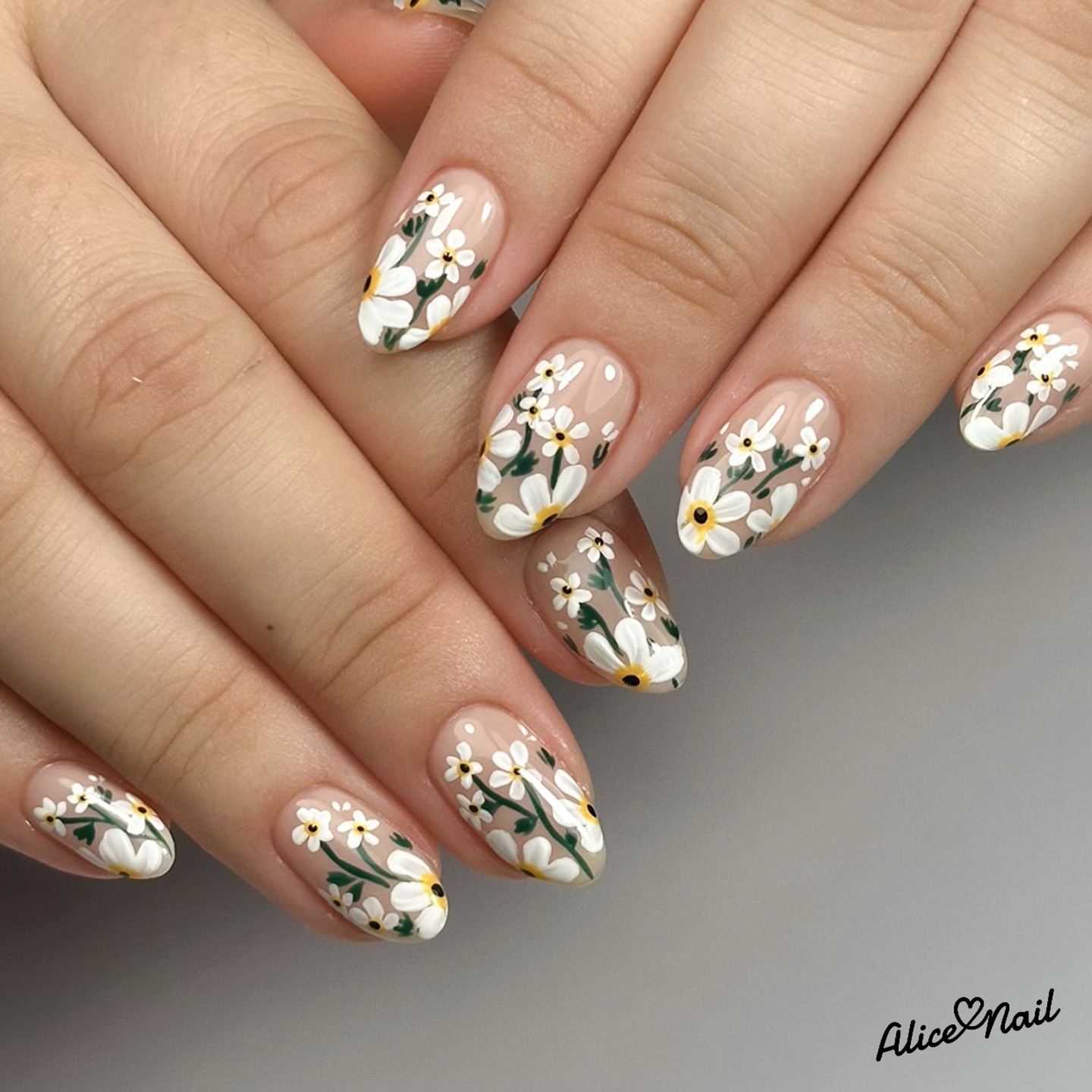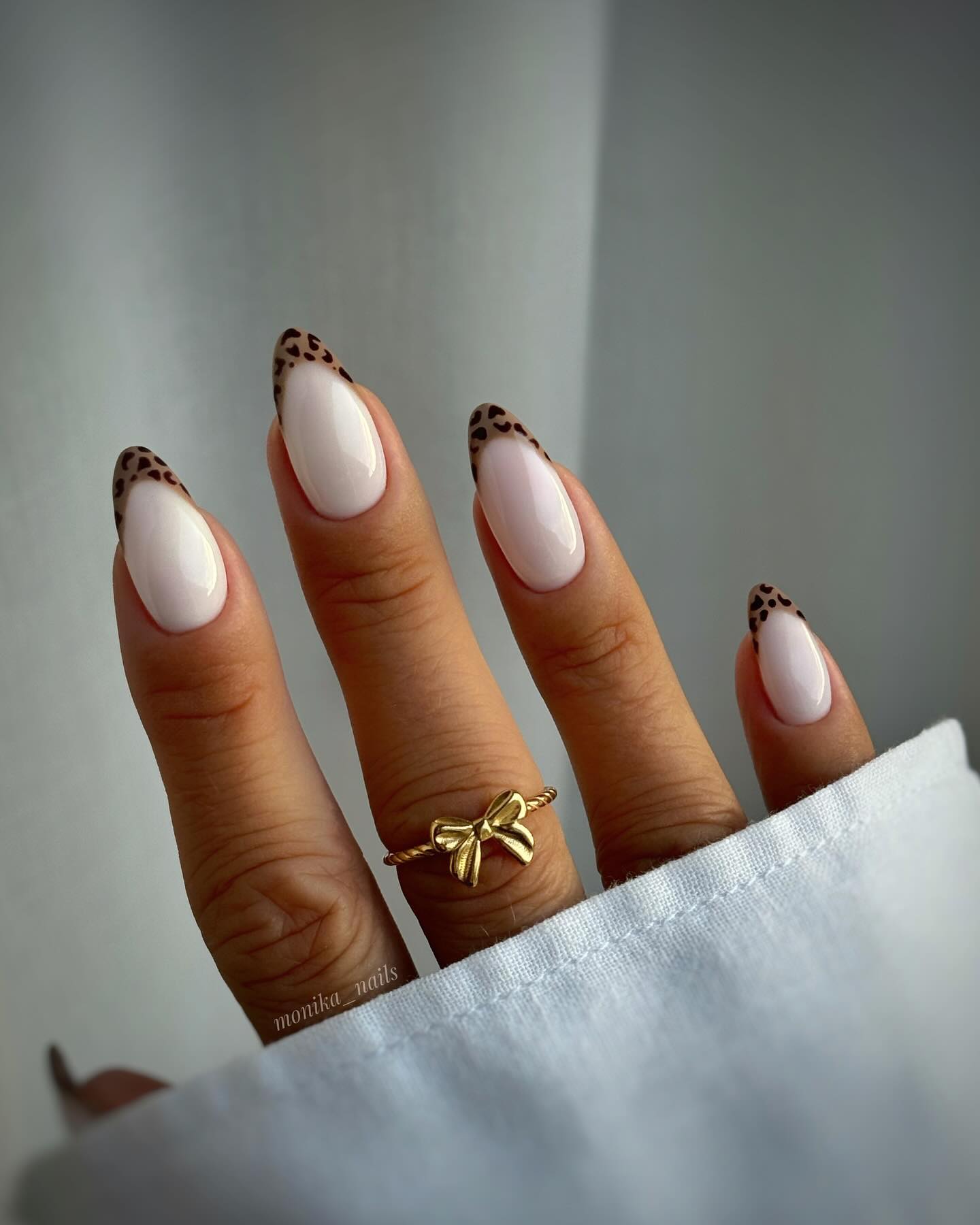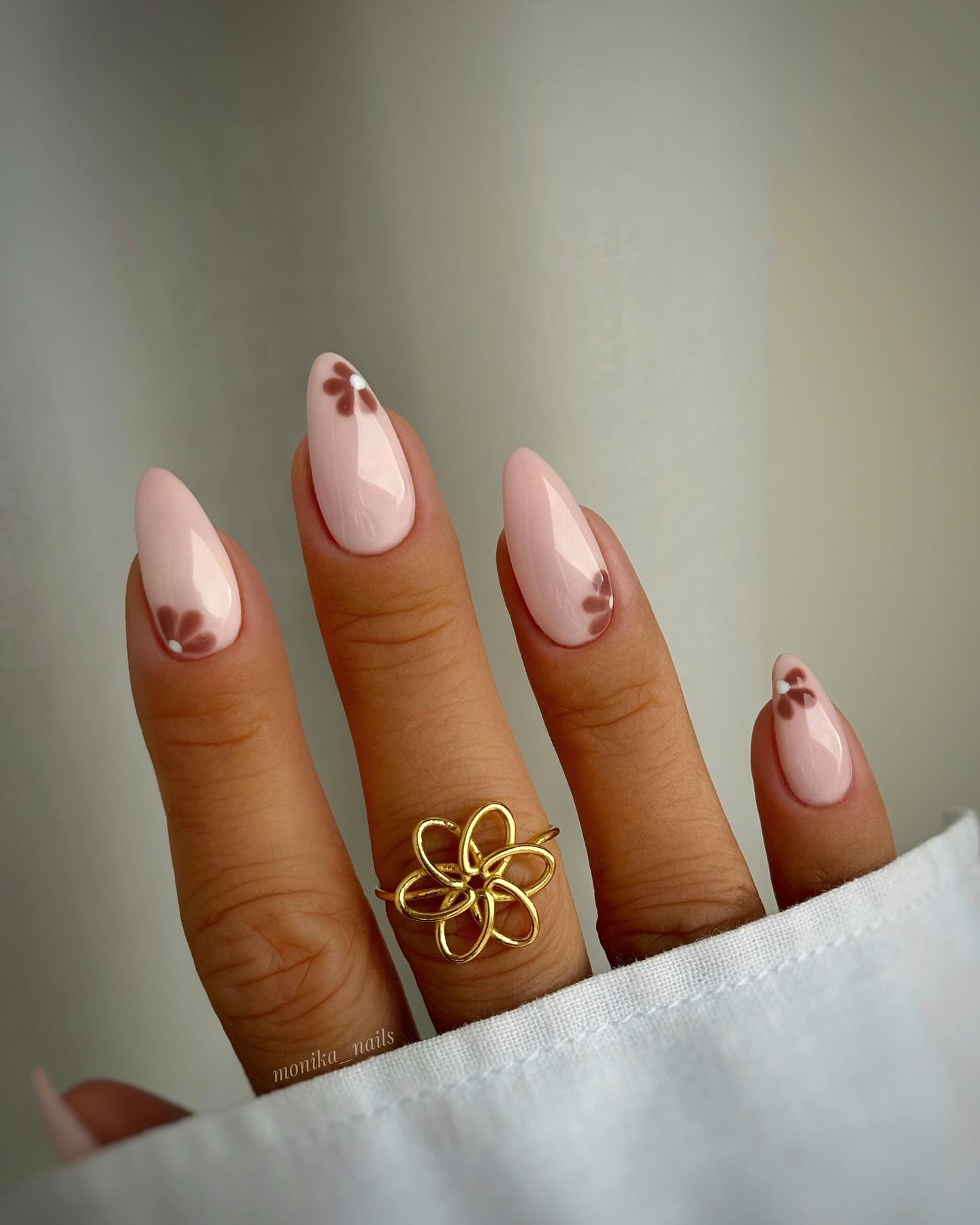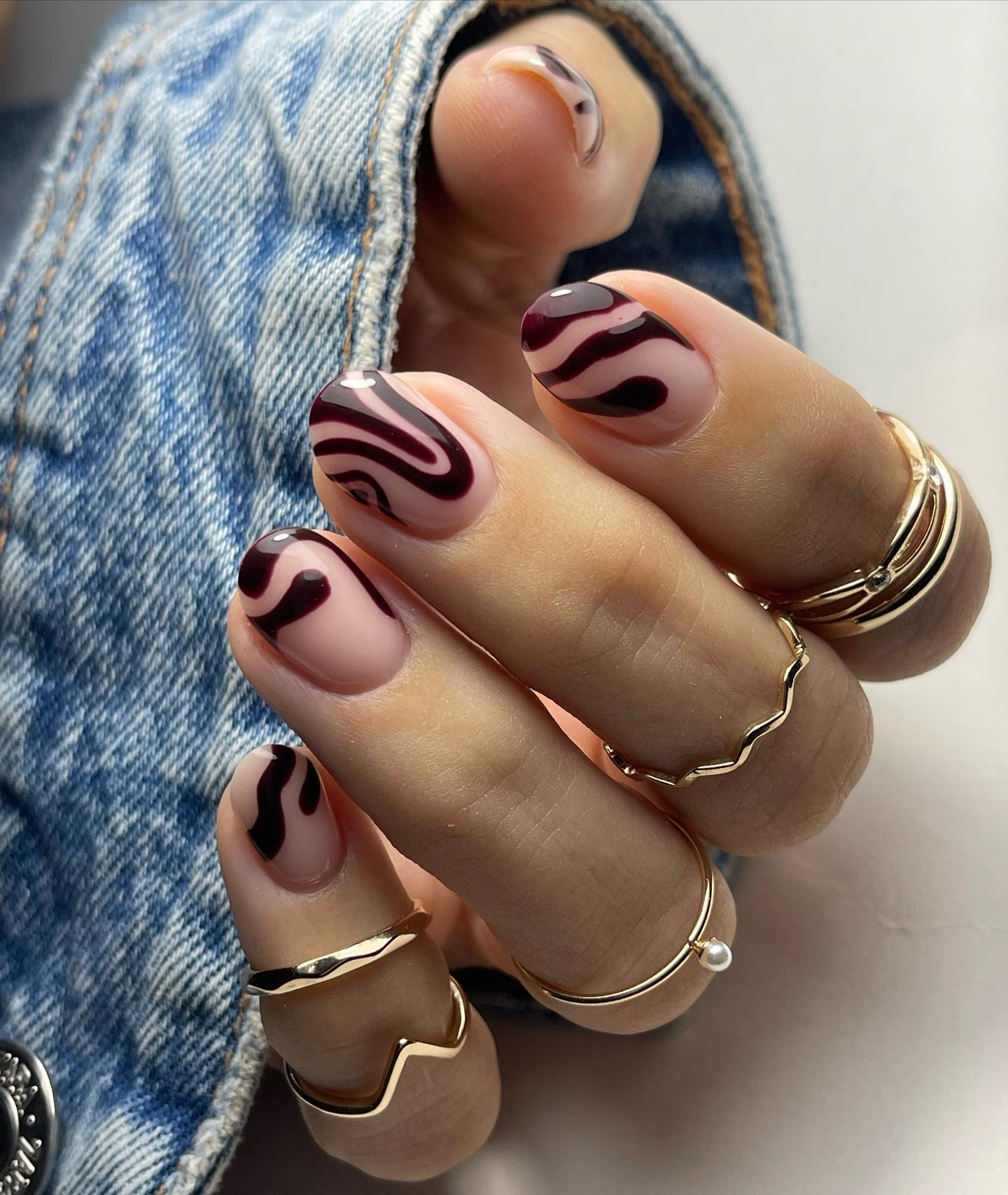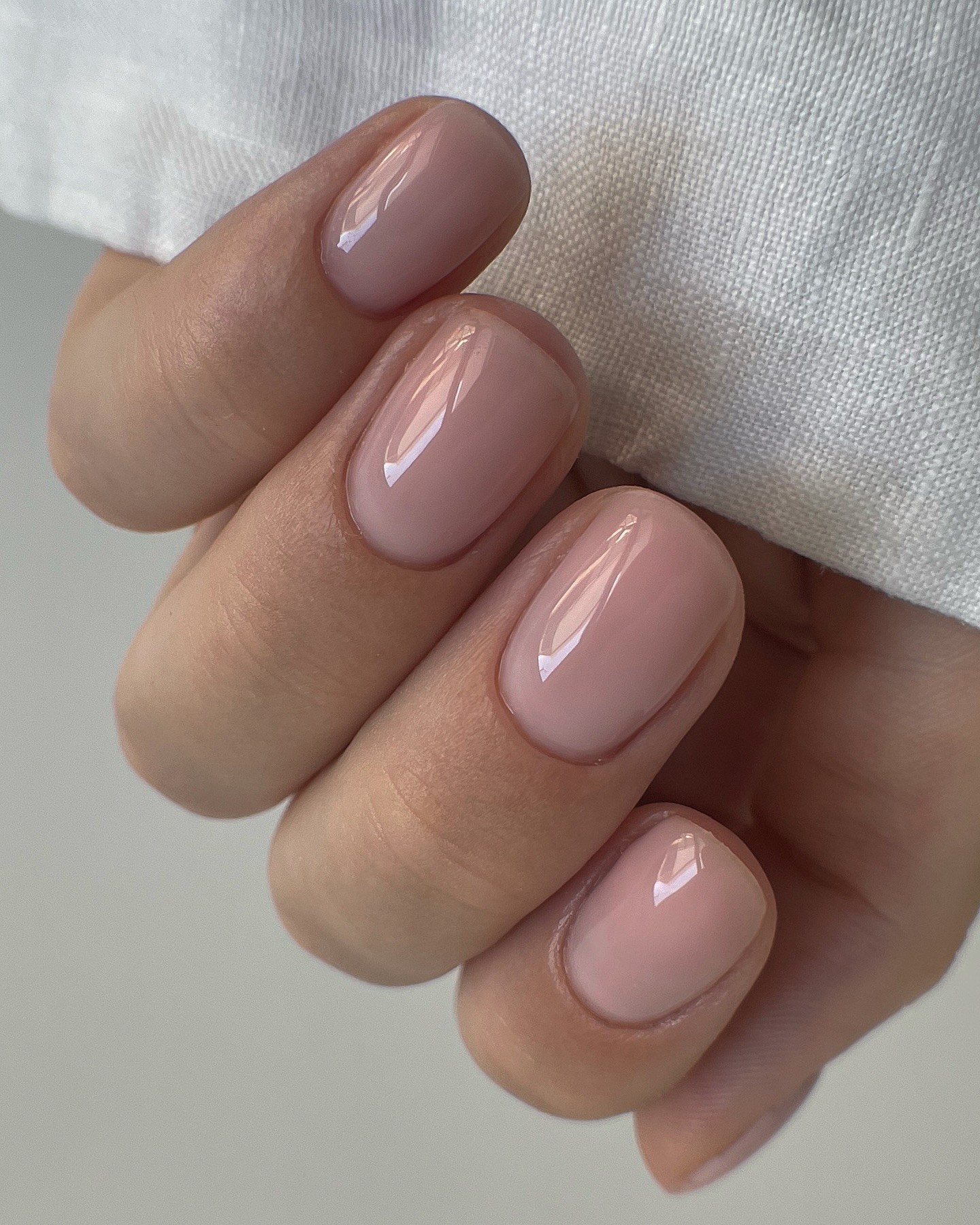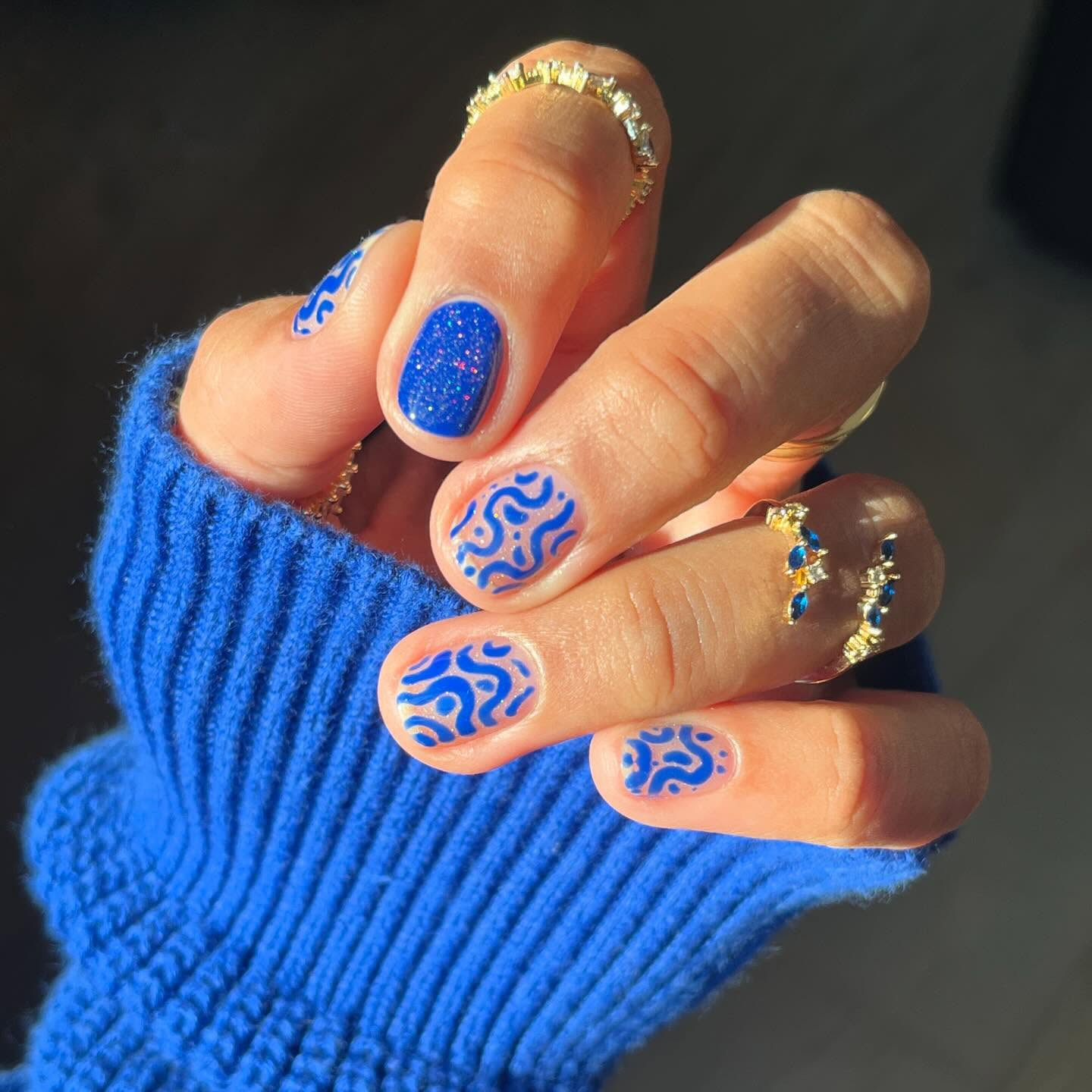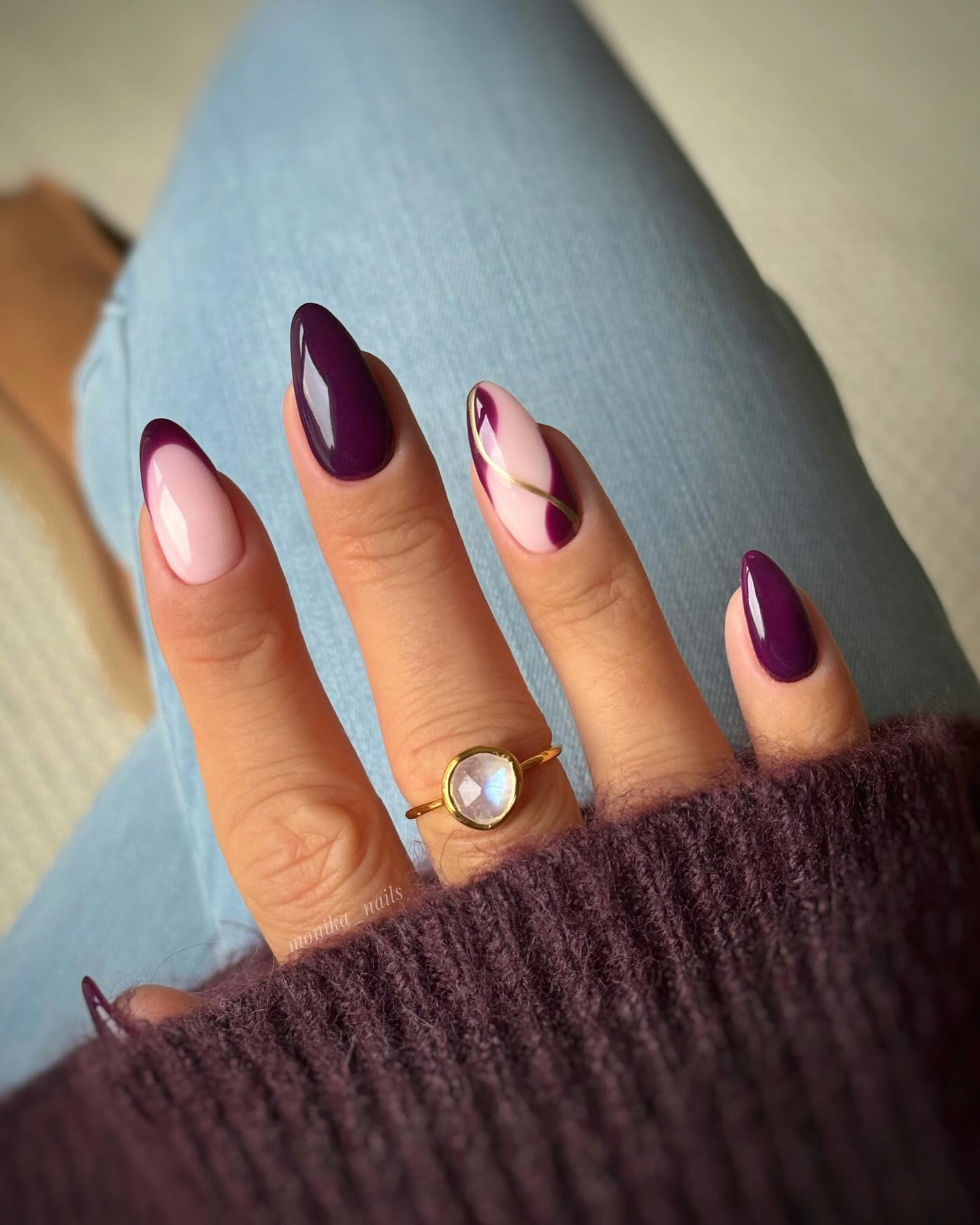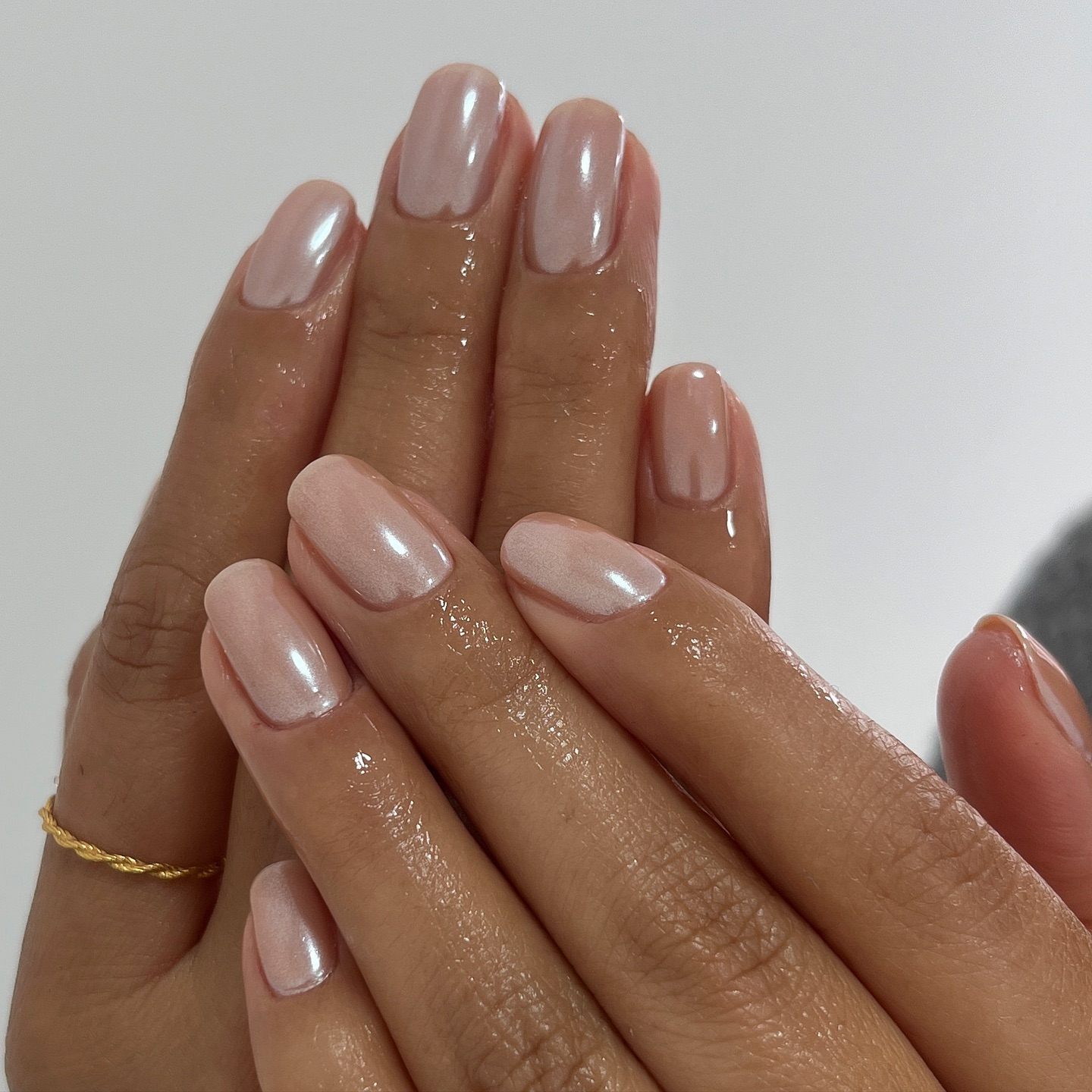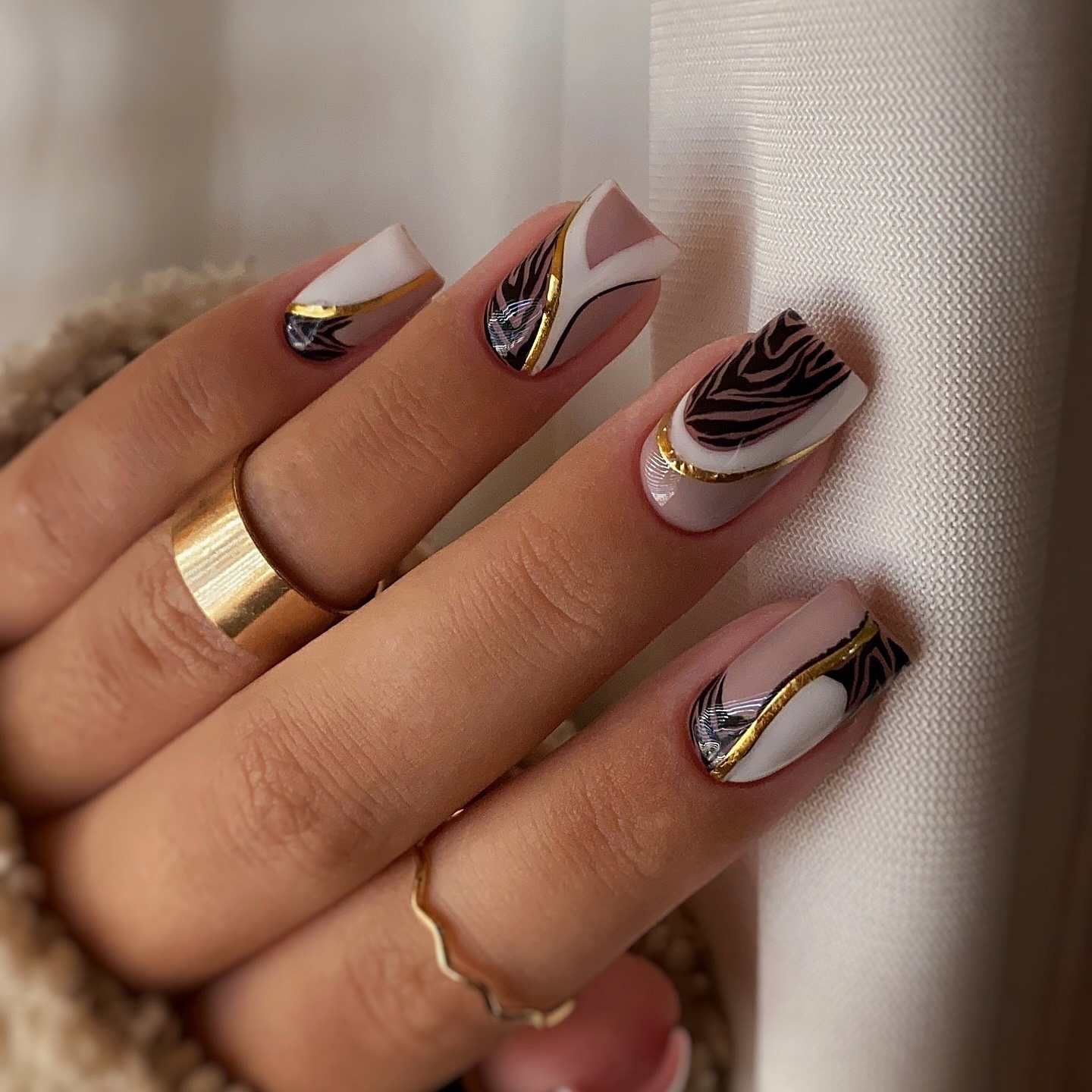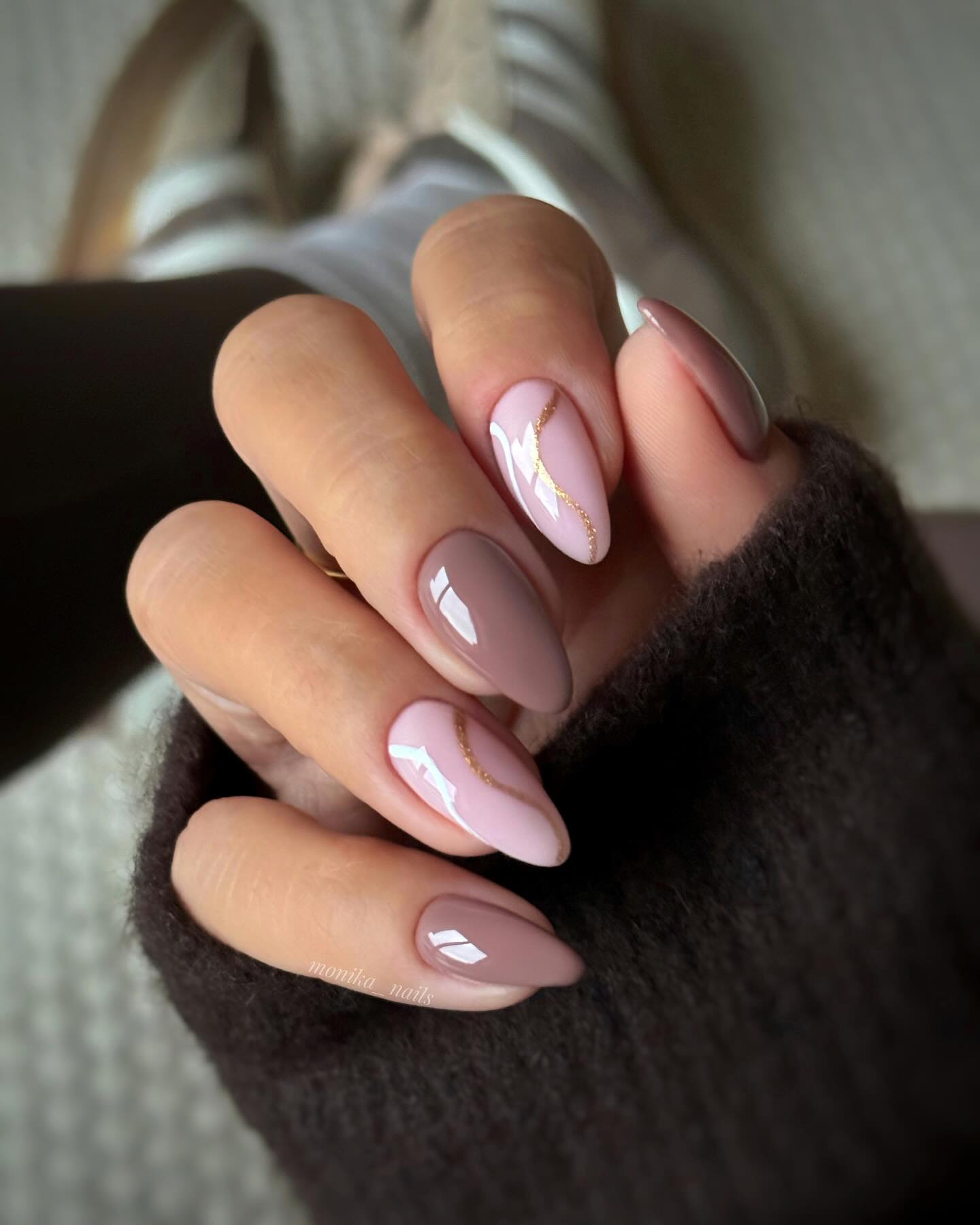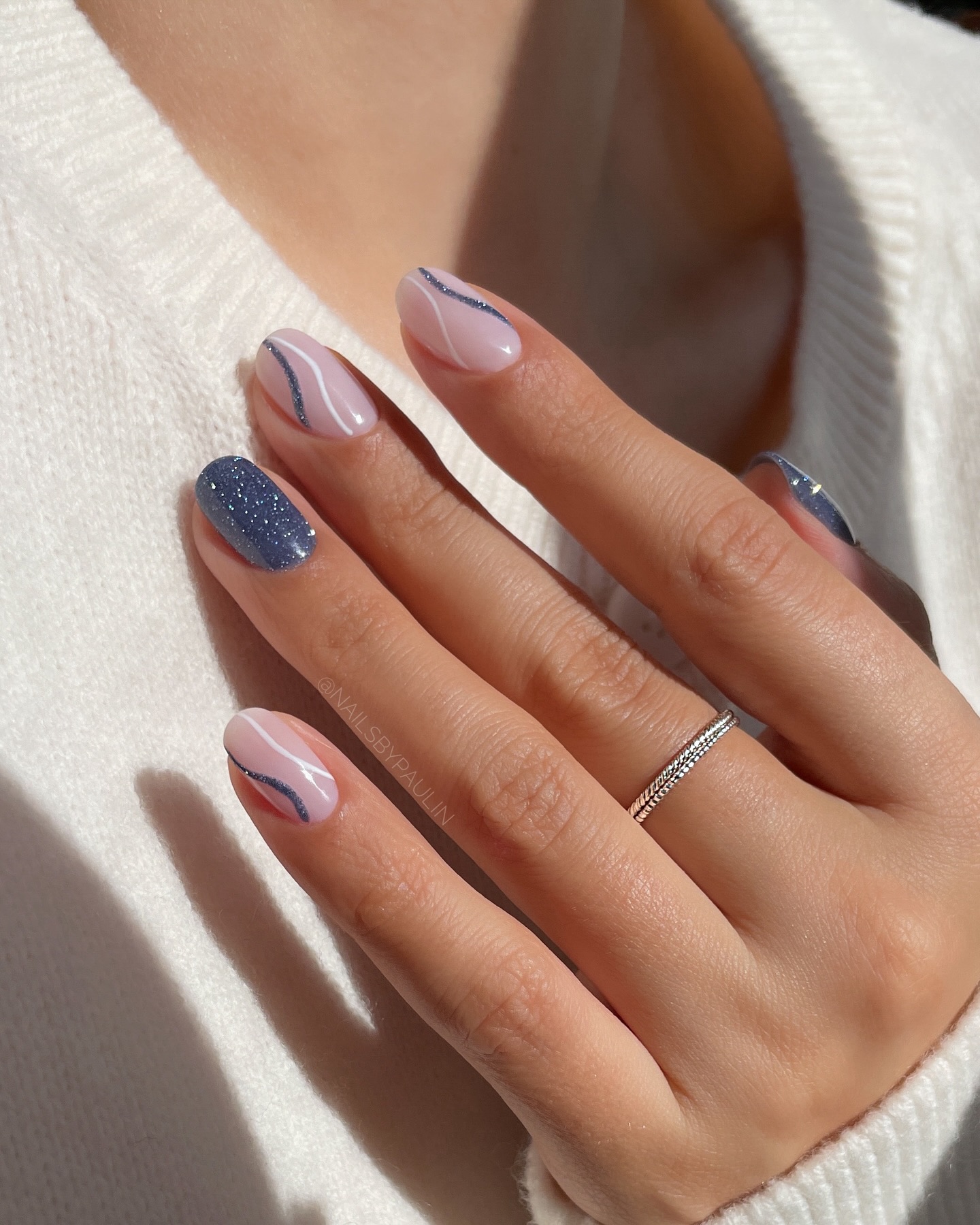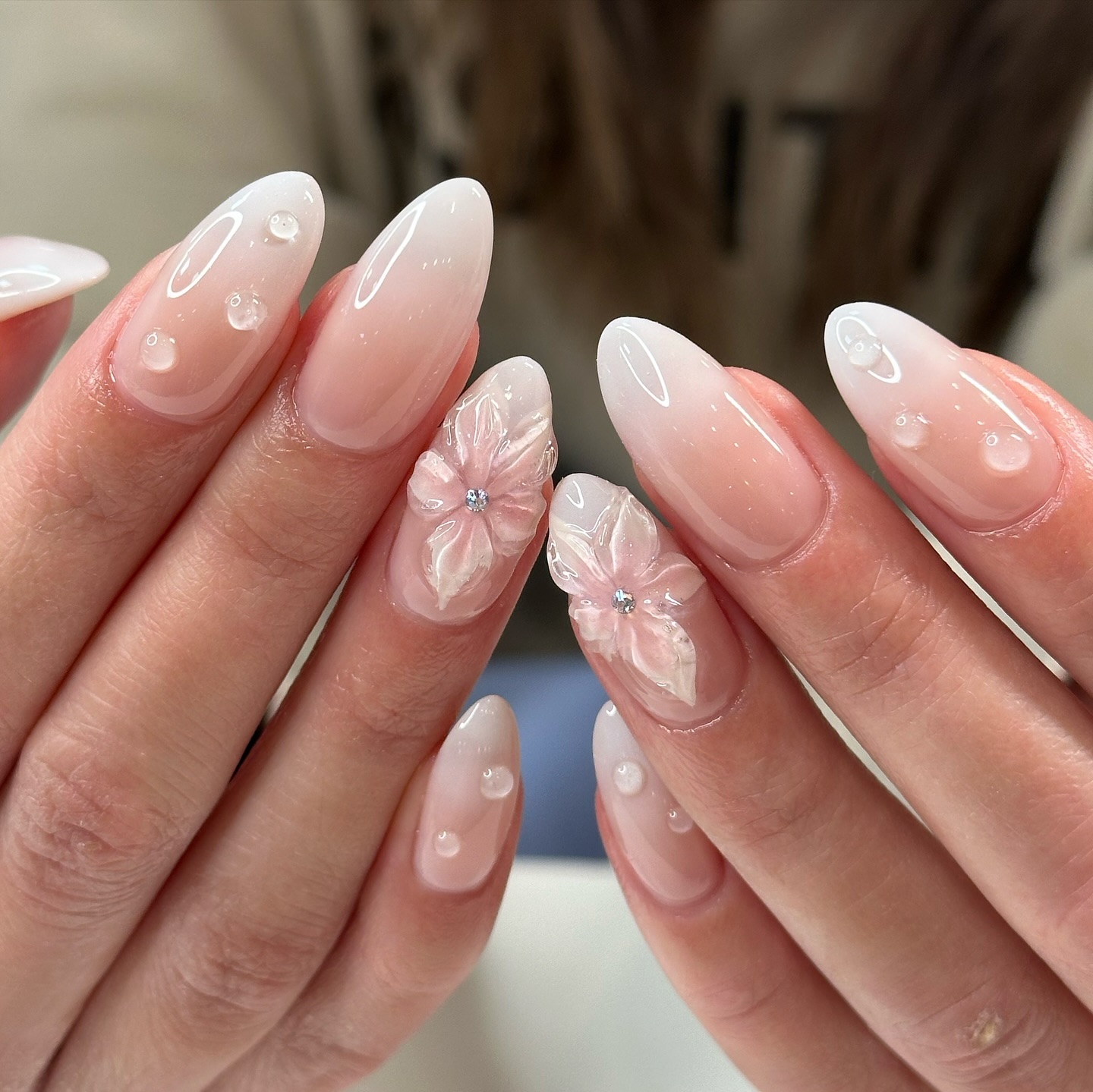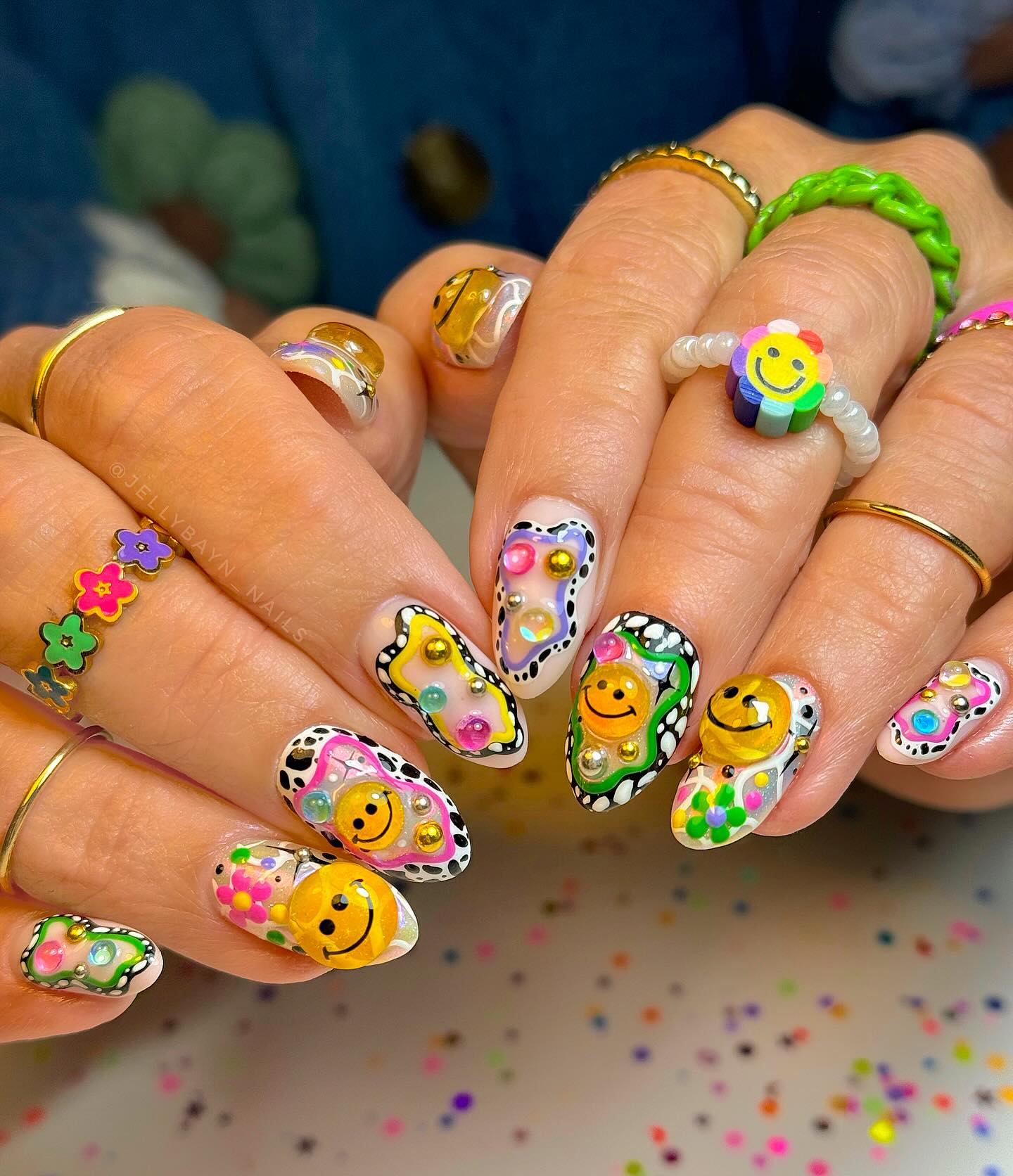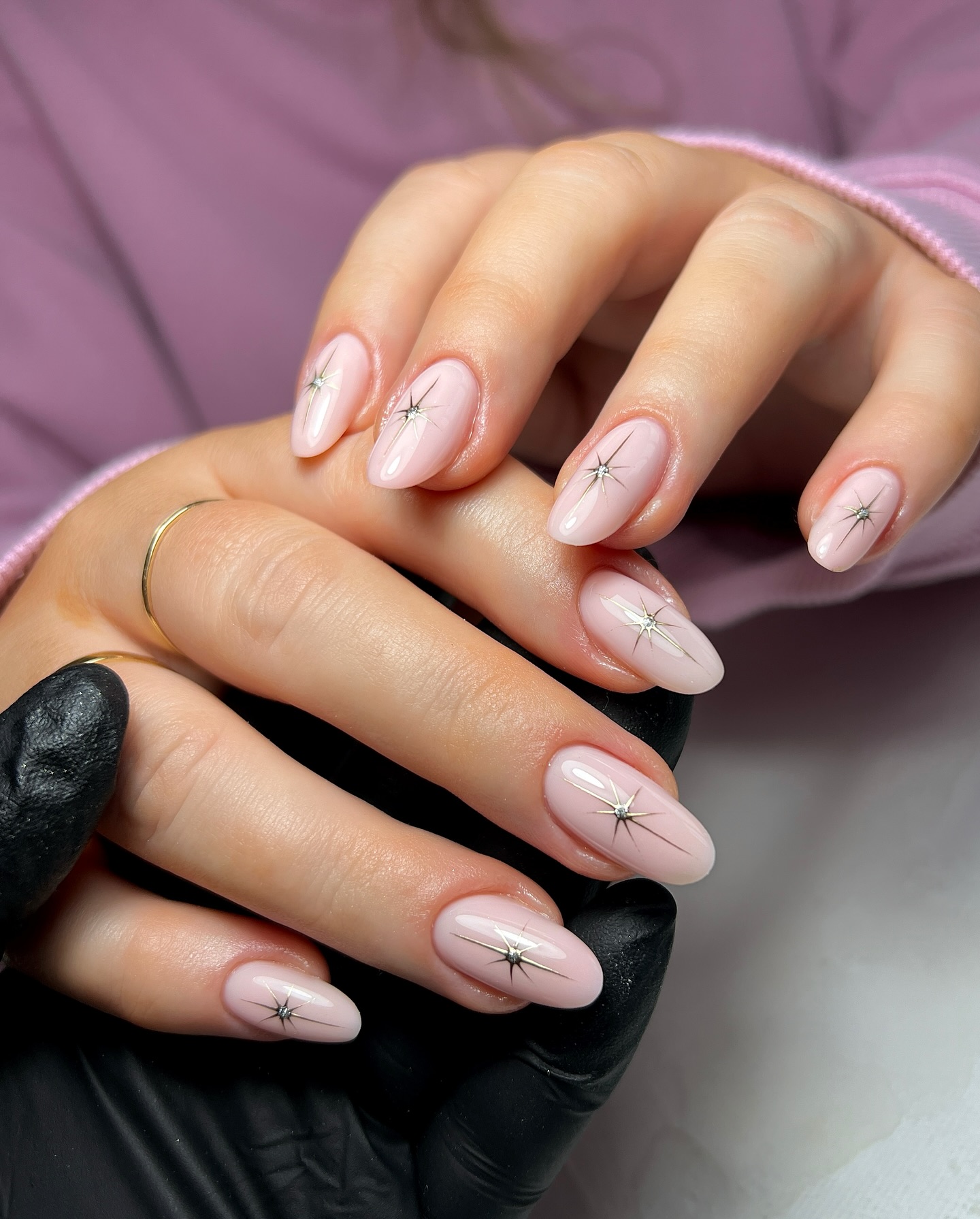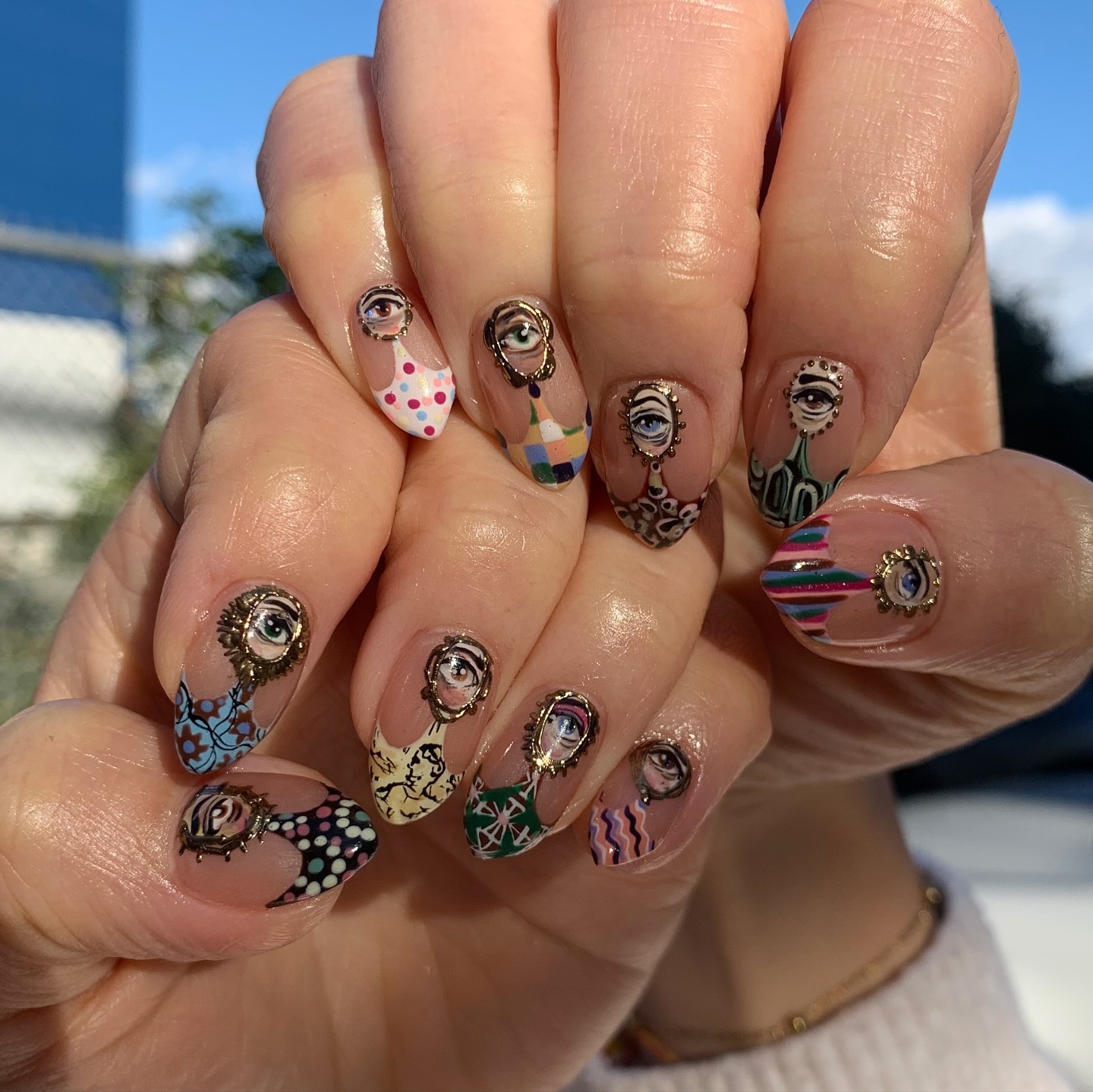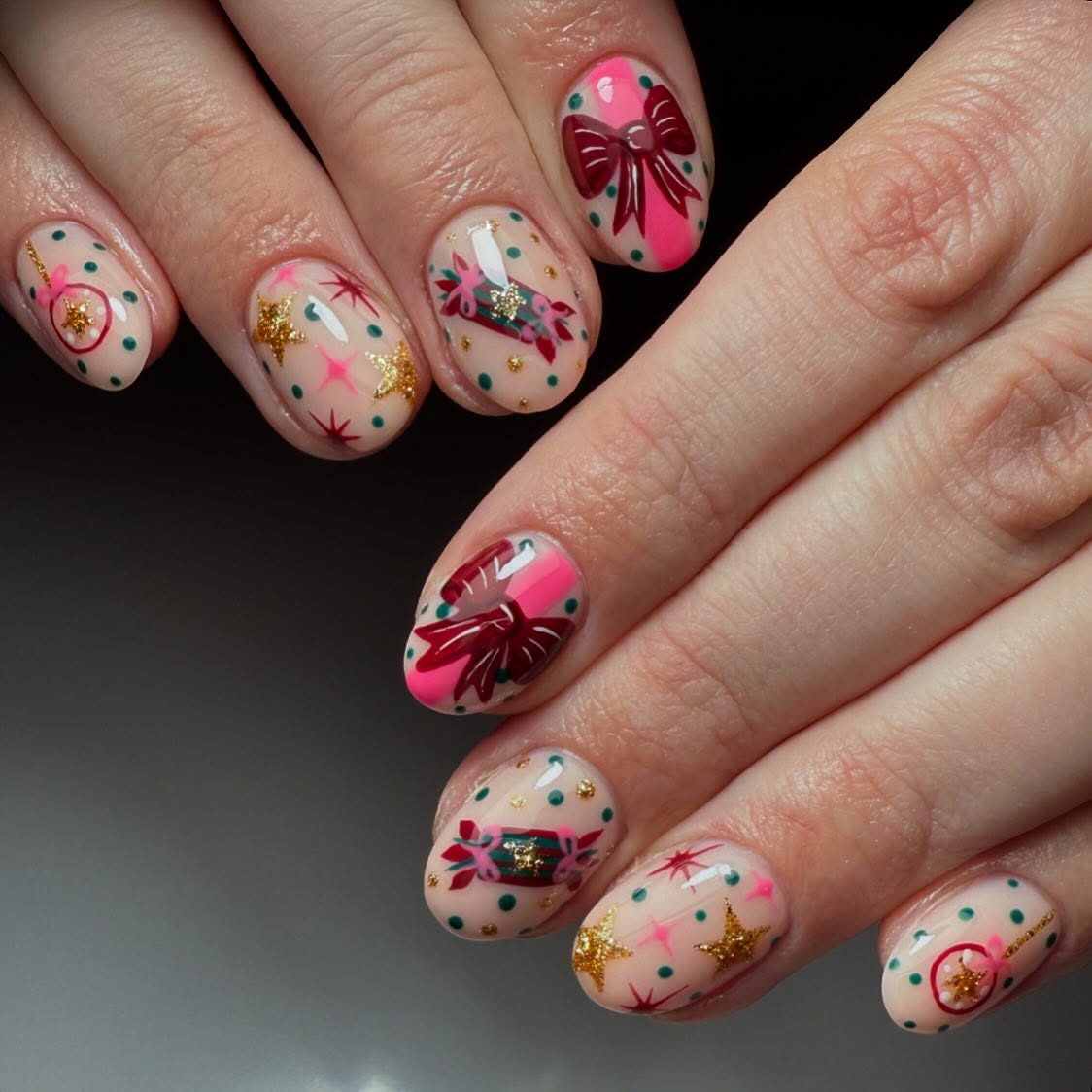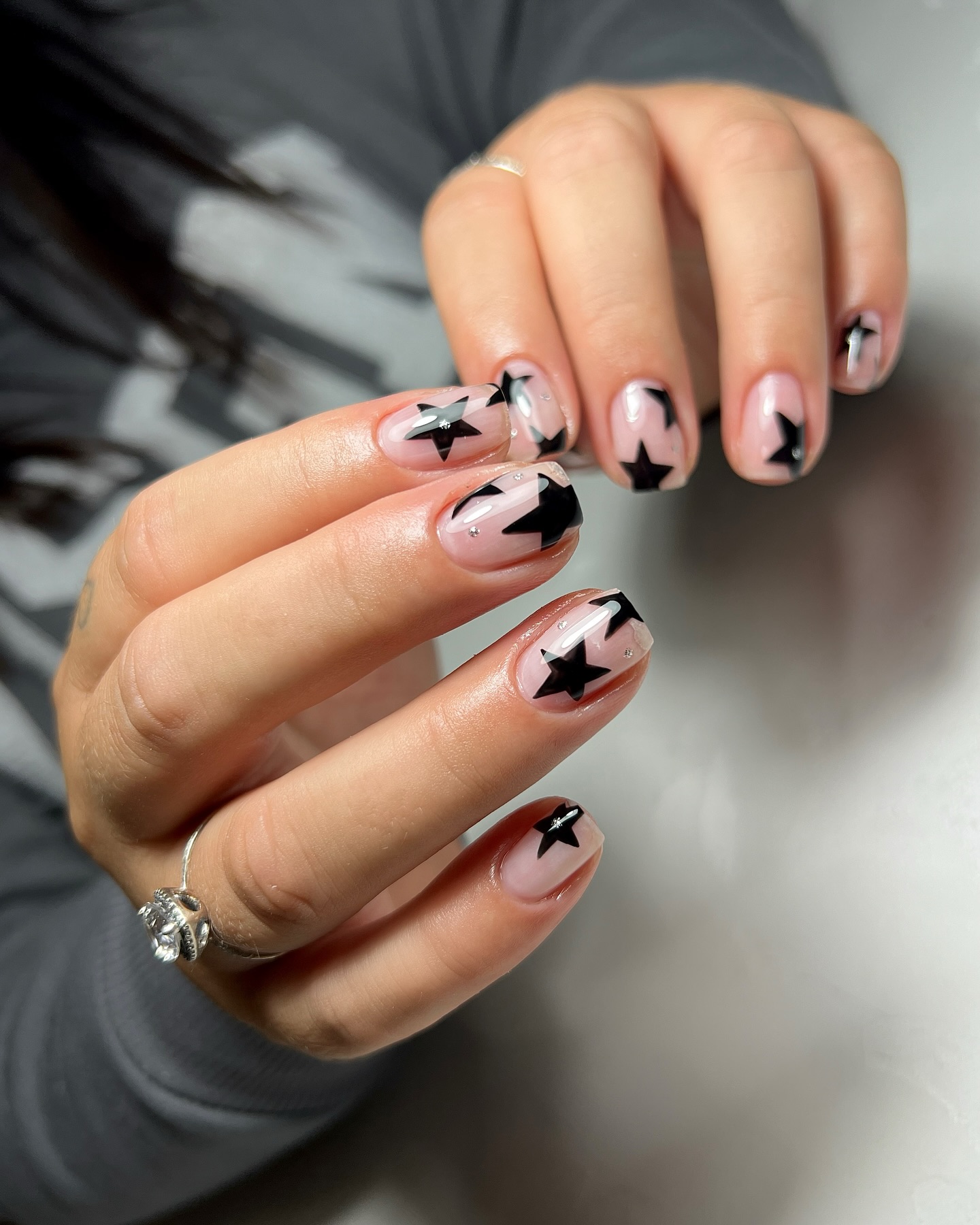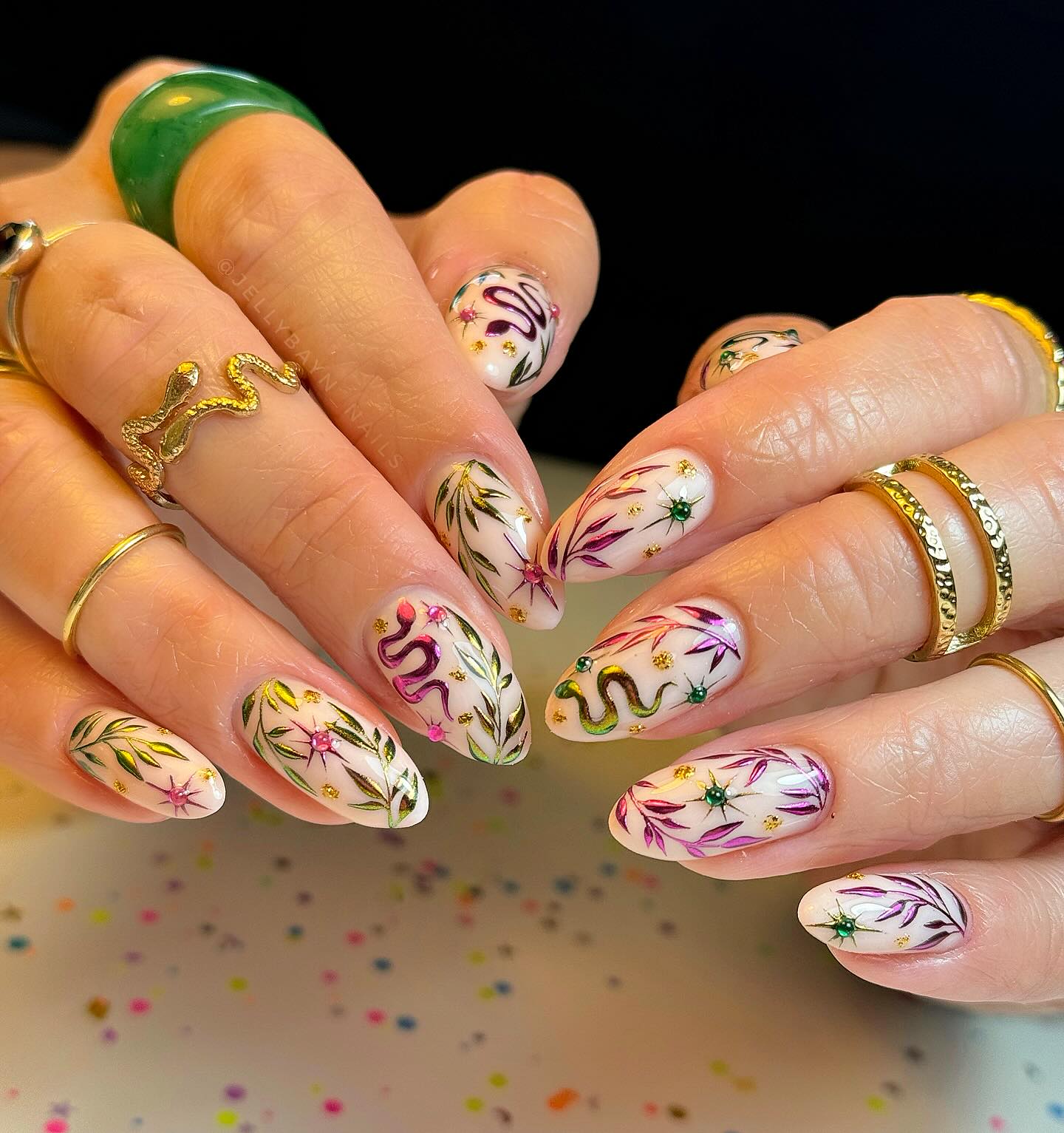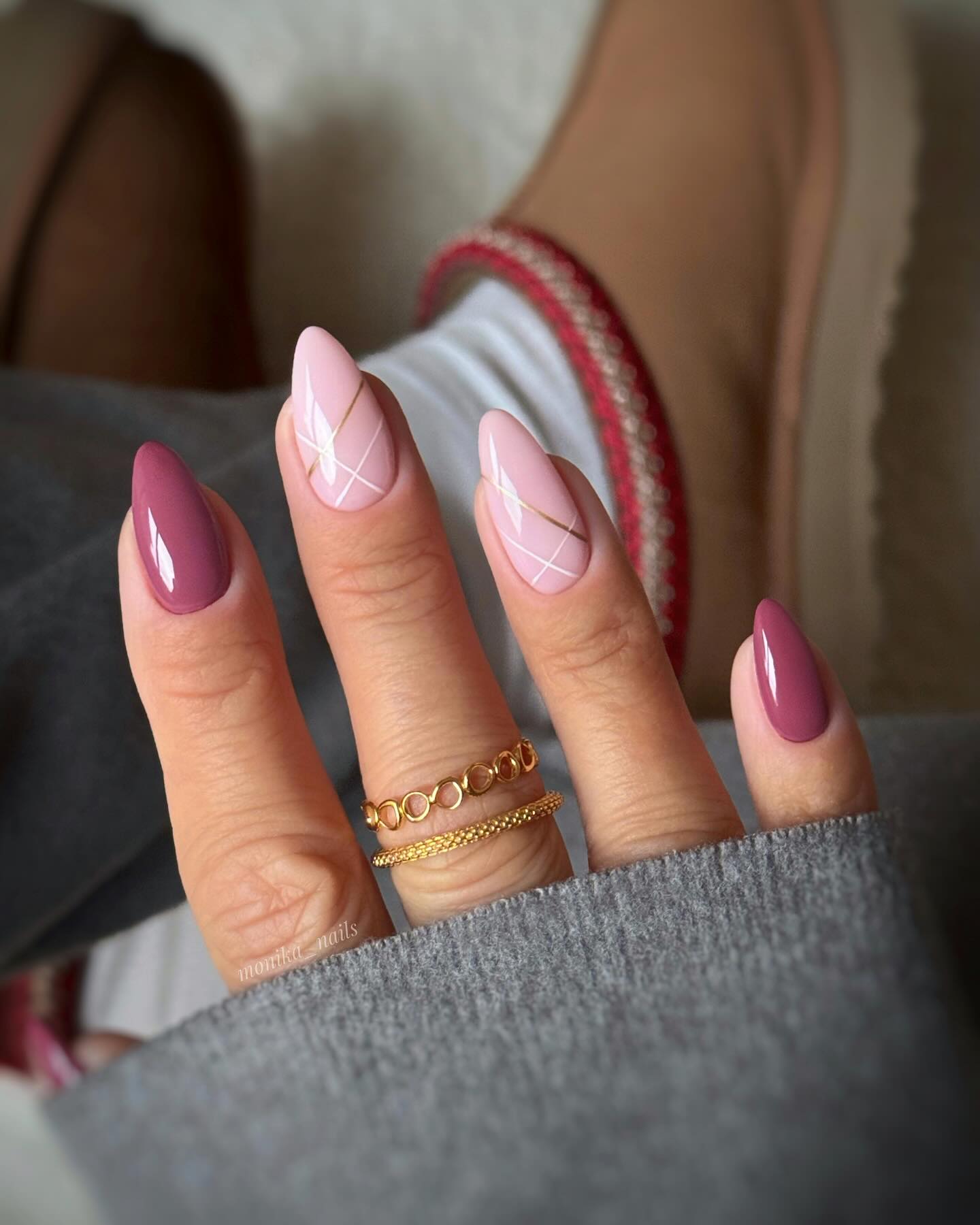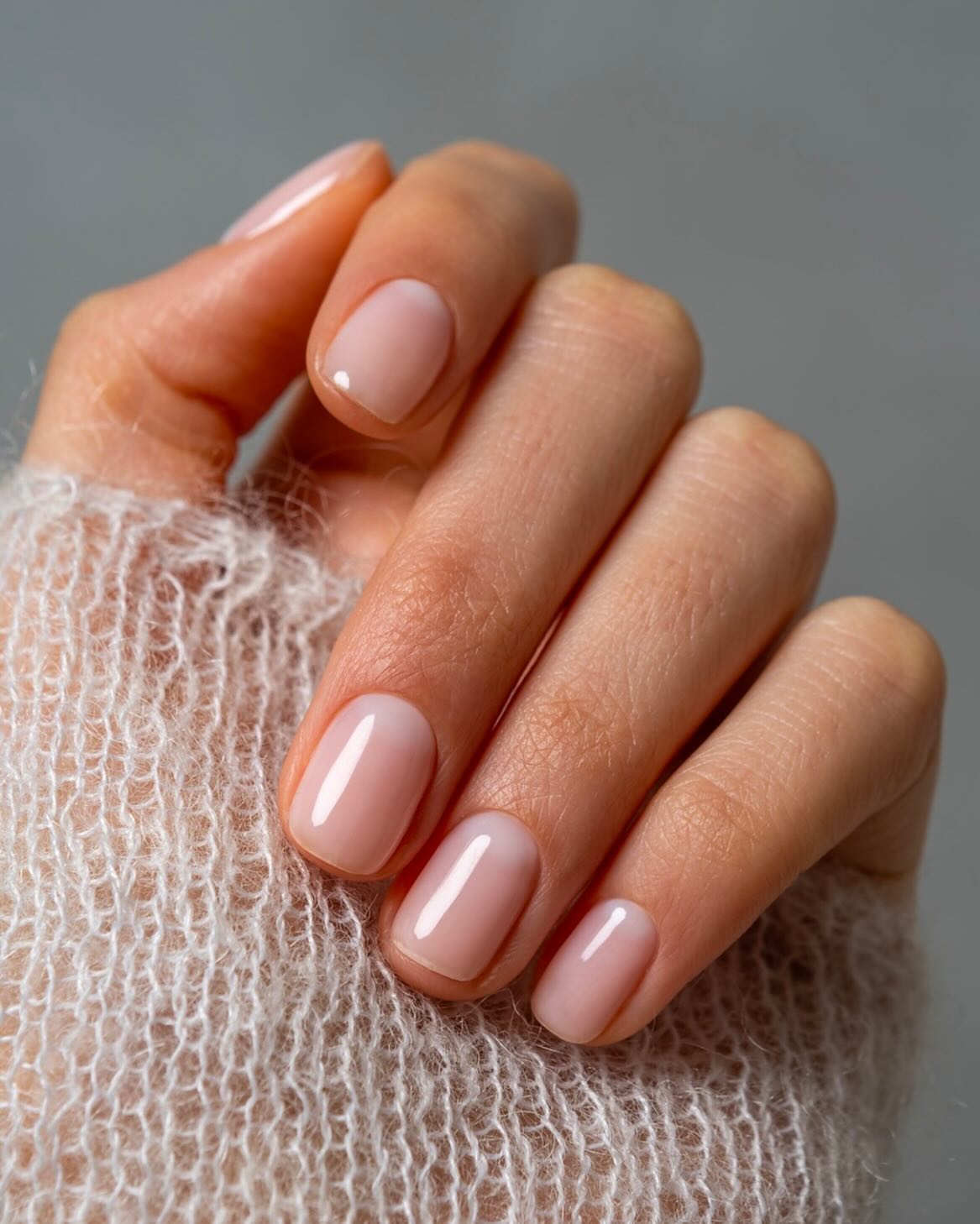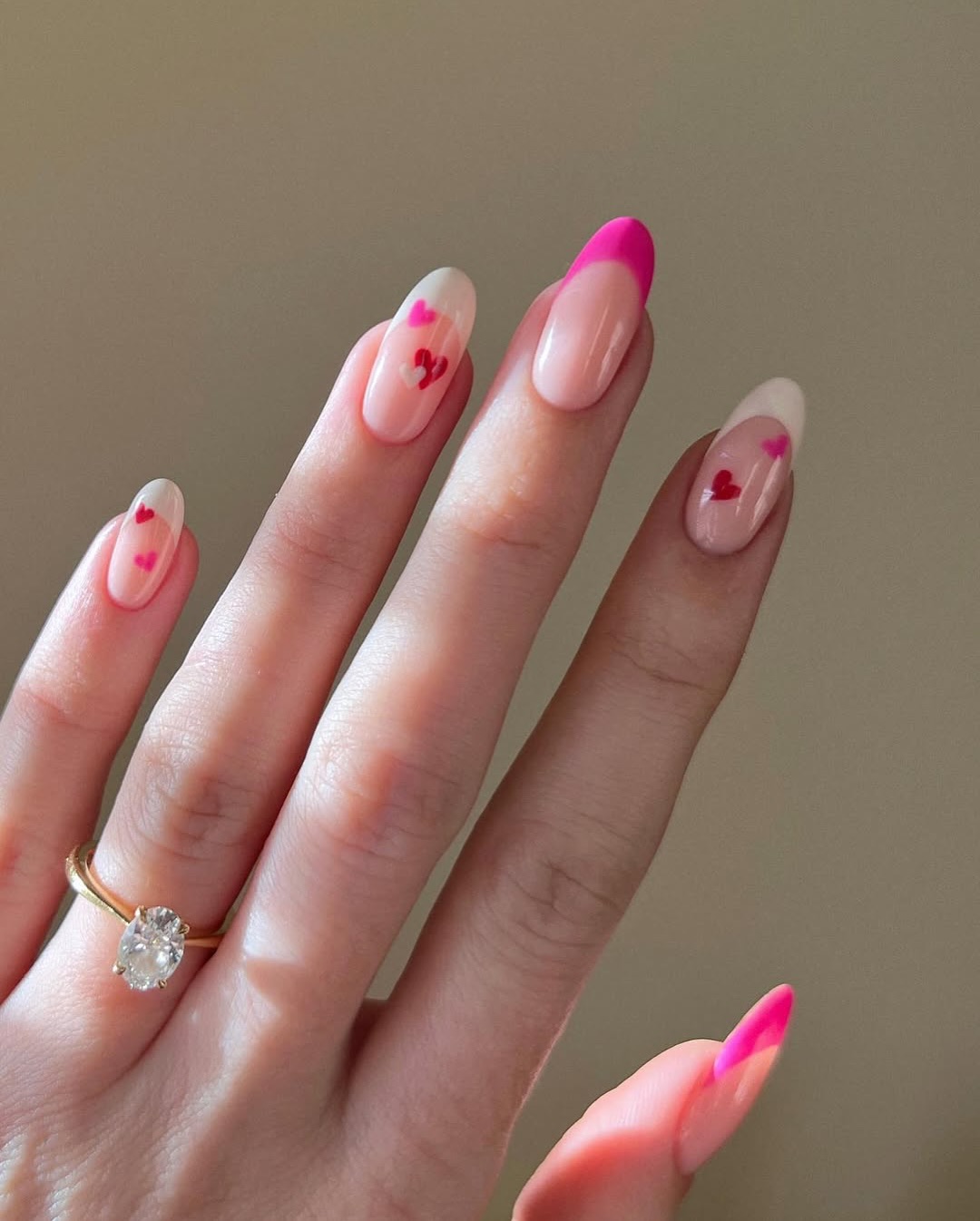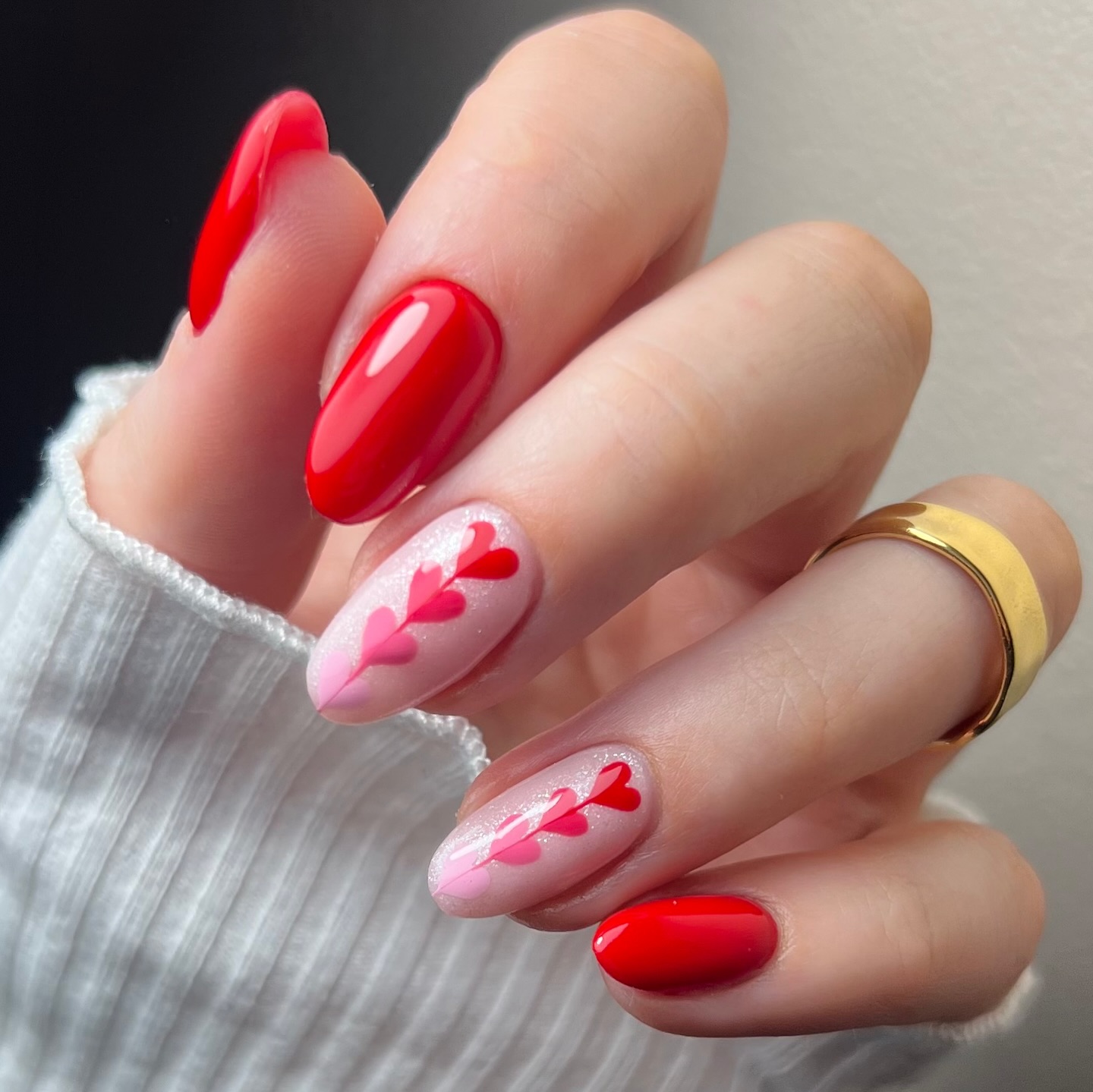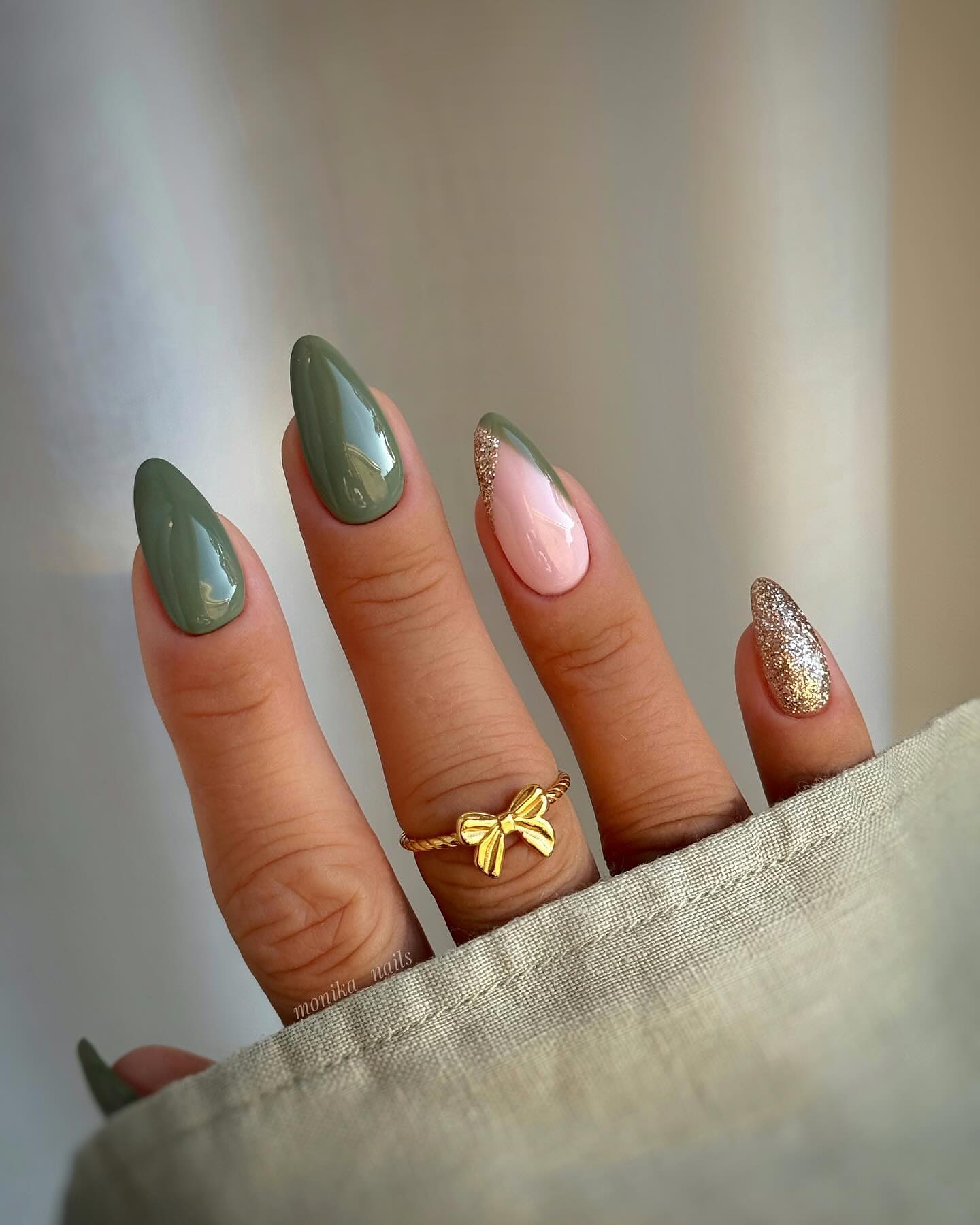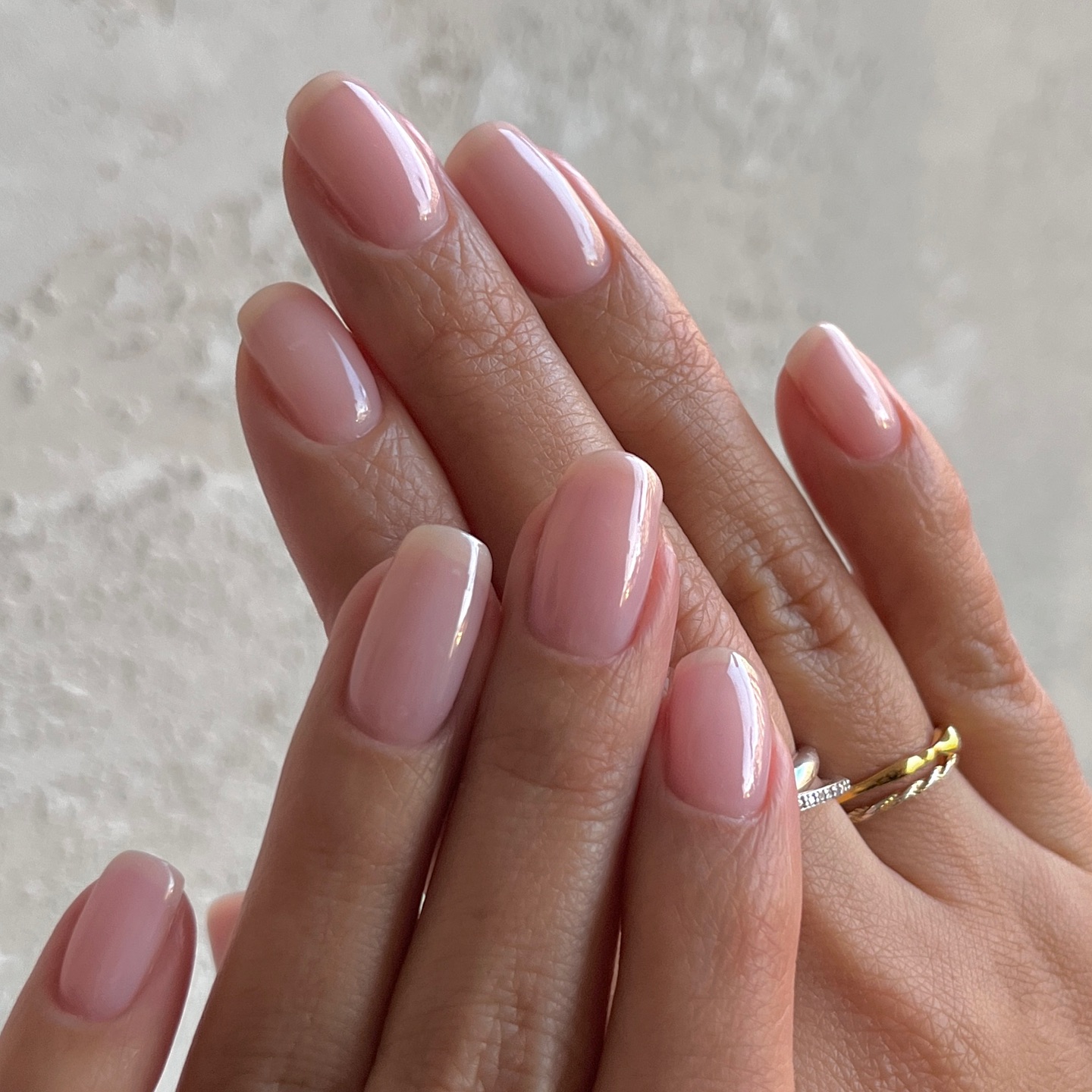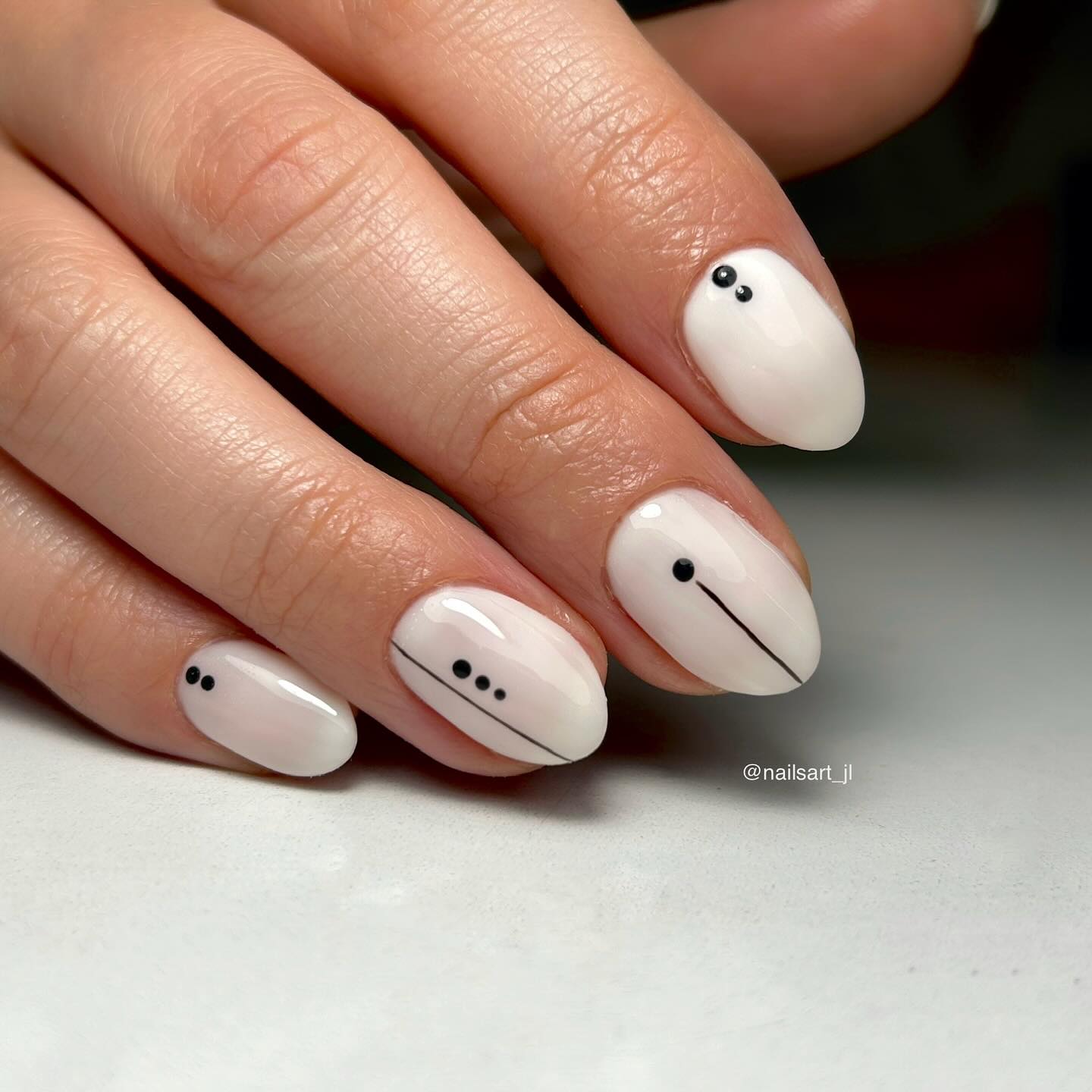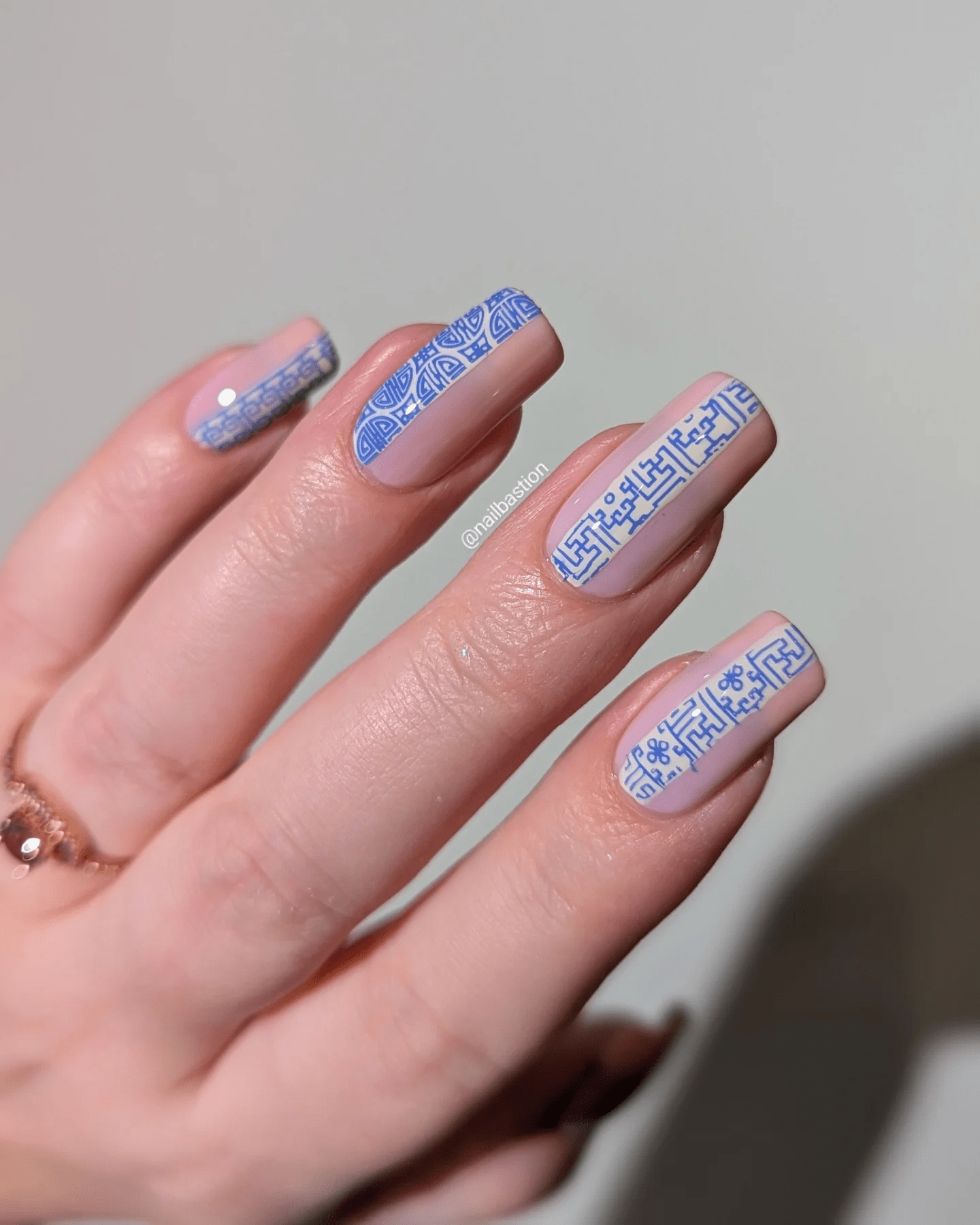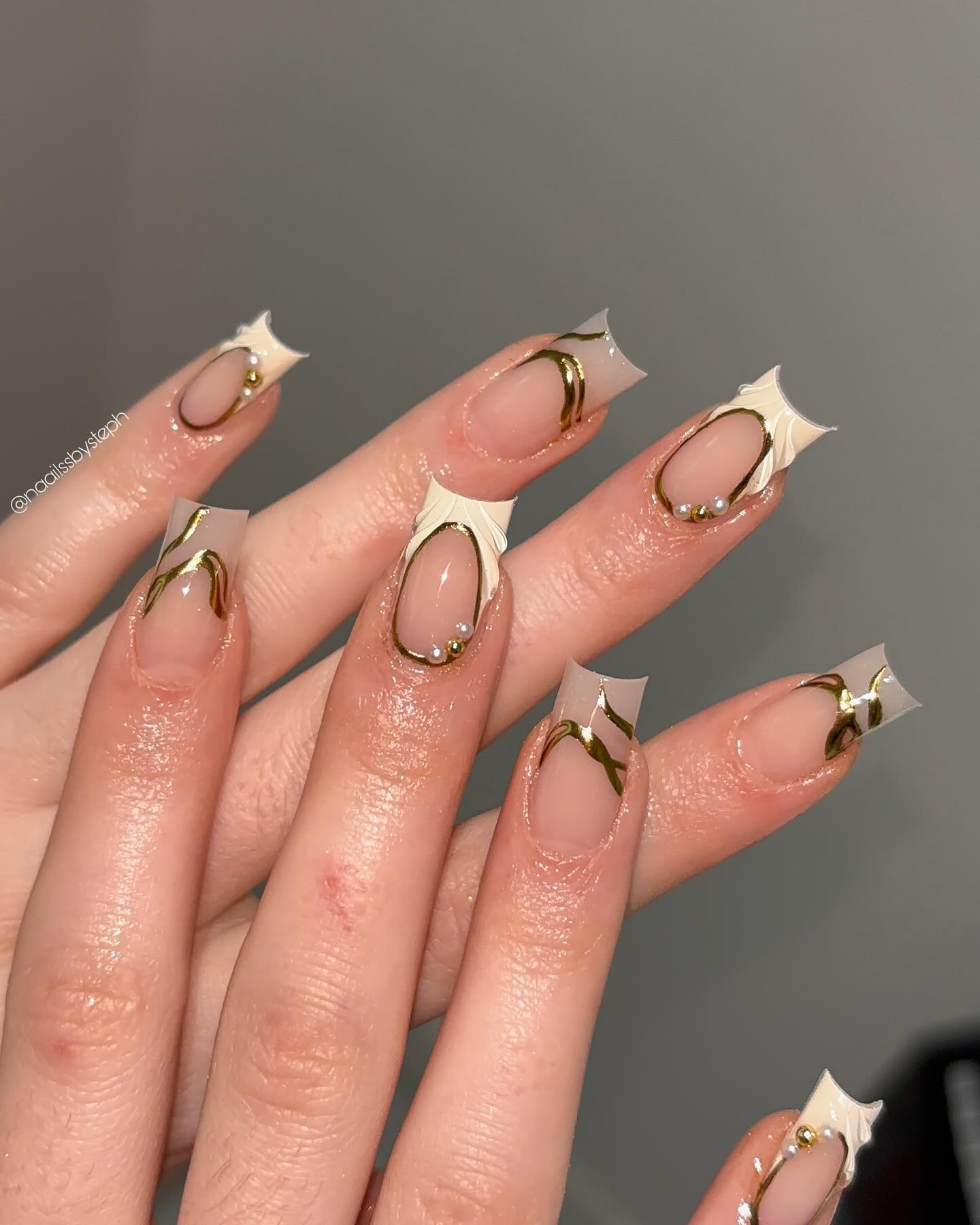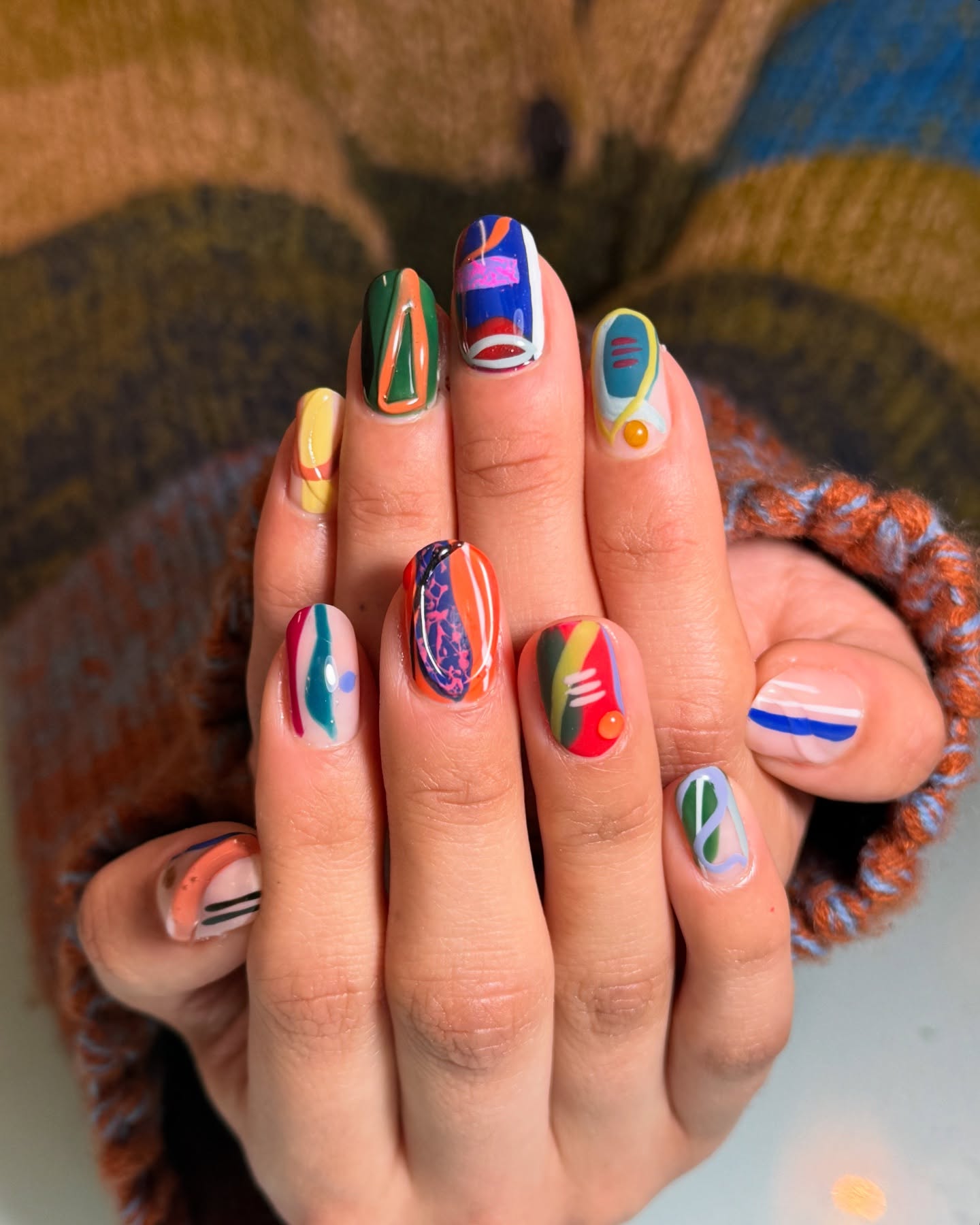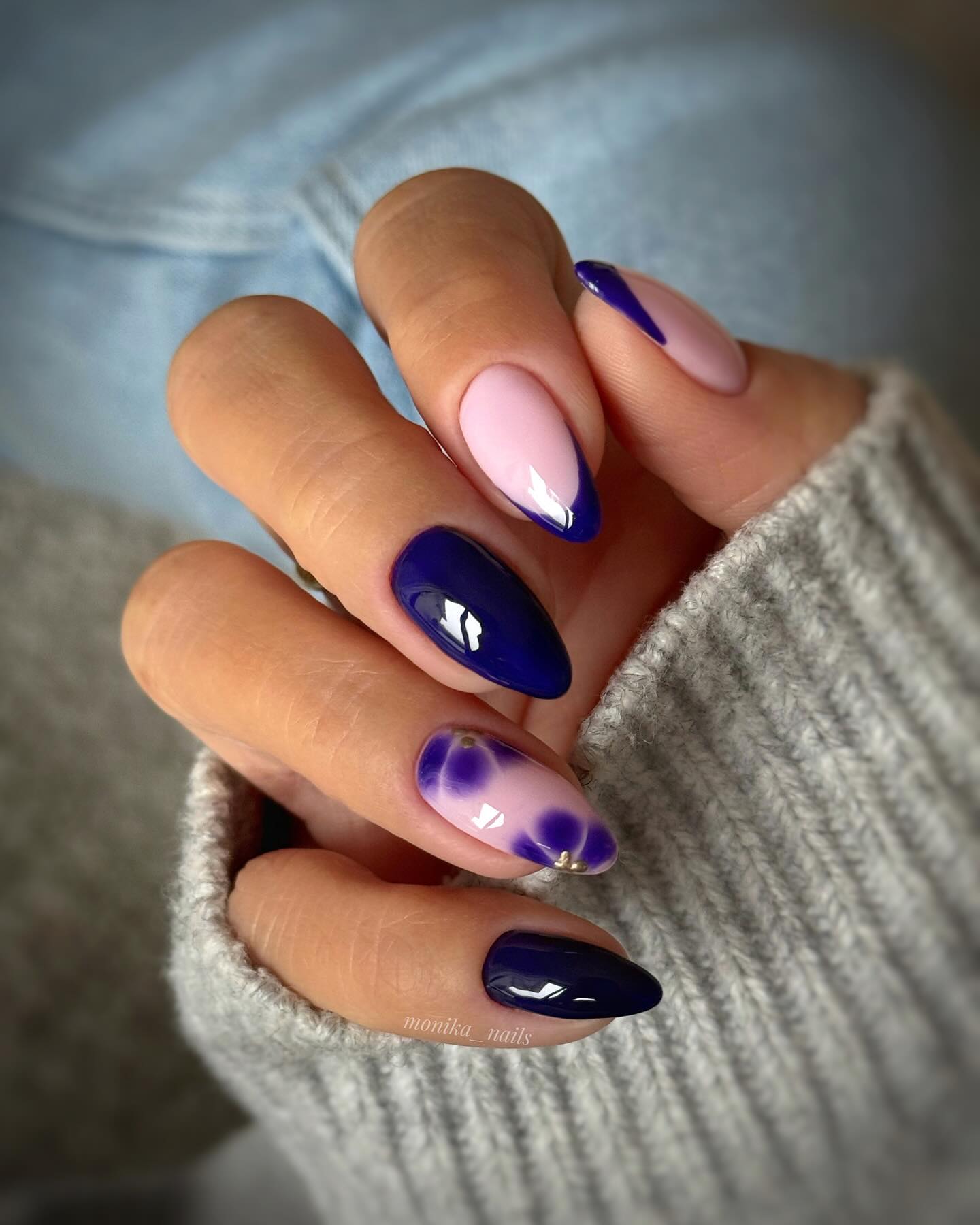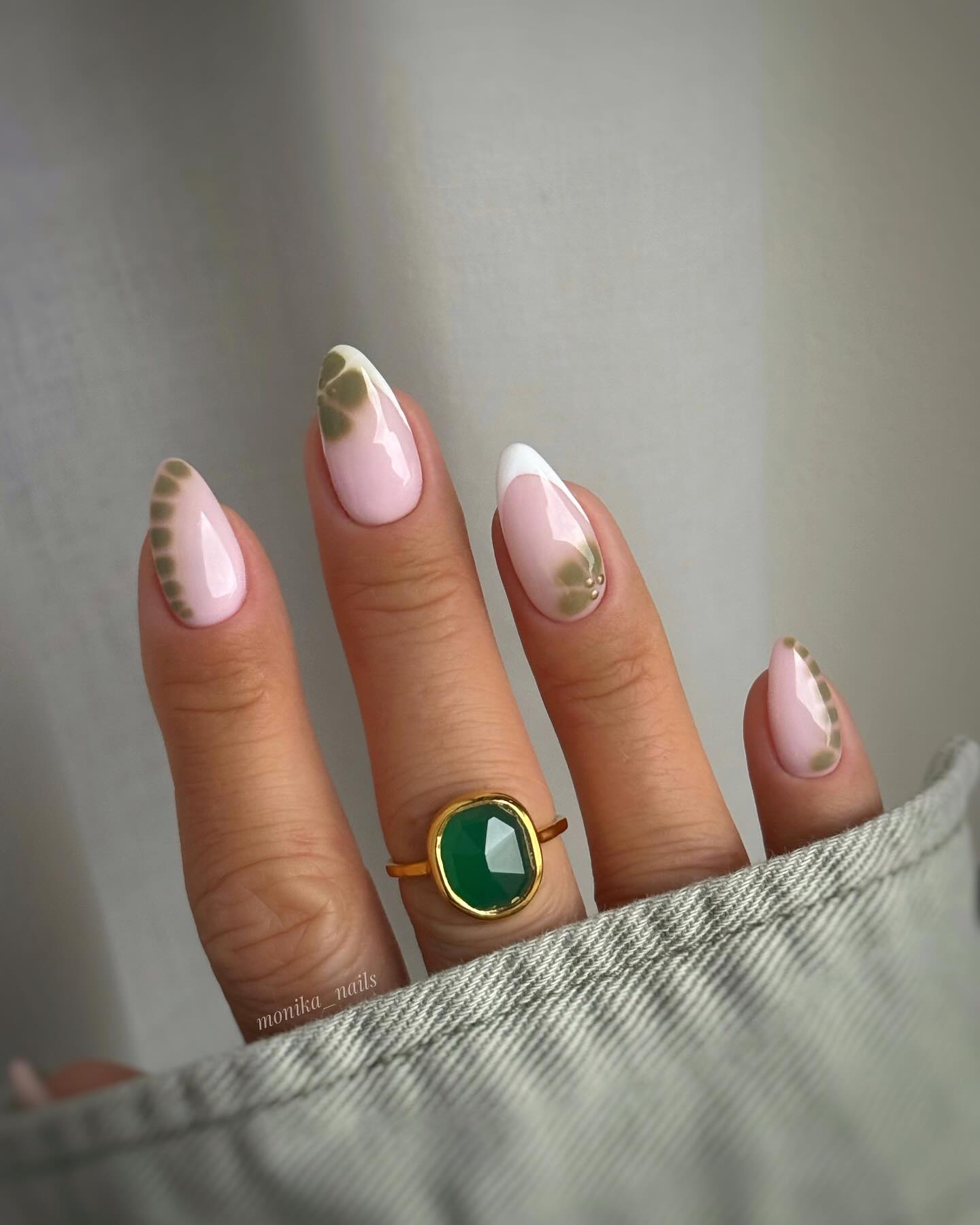42+ Less Is More: Minimalist Line Art Nails for Elegant Self-Expression
In a world of excess, minimalist nail art stands out with its deliberate restraint and thoughtful execution. These designs prove that sometimes the simplest approach creates the most powerful statement. Whether you're new to nail art or looking to refine your aesthetic, line art offers an accessible yet sophisticated entry point into the world of nail design.
Introduction
The Rising Popularity of Minimalist Aesthetics in Nail Art
"People are craving simplicity in all aspects of their lives, and their nails are no exception," explains celebrity nail artist Emma Chen. This shift toward minimalism reflects broader cultural movements valuing intentionality over excess.
Minimalist line art has exploded across social media platforms, with hashtags like #lineworknails and #minimalistnailart generating millions of views. The appeal lies in both the clean aesthetic and the achievable nature of these designs - even beginners can create impressive results with basic tools and techniques.
How Line Art Creates Impact Through Simplicity
The power of line art lies in its ability to communicate maximum visual impact with minimal elements. A single well-placed line can transform a plain manicure into an intentional design statement.
"Line work forces you to be deliberate about every stroke," notes editorial nail artist Jordan Park. "There's nowhere to hide mistakes, which makes the final result all the more impressive when executed well." This deliberate approach creates designs that feel both thoughtful and sophisticated.
The Versatility of Minimalist Designs Across Occasions and Seasons
Unlike more elaborate nail art that might feel occasion-specific, minimalist line designs transition seamlessly across different contexts. The same geometric pattern can feel professional for office settings, artistic for creative environments, and elegantly understated for formal events.
This versatility extends to seasonal adaptability as well. While color choices might shift with the seasons - perhaps deeper tones for fall or brighter accents for summer - the fundamental line techniques remain relevant year-round, making this approach both timeless and adaptable.
The Philosophy Behind Minimalist Nail Art
Finding Beauty in Negative Space and Restraint
At its core, minimalist nail art celebrates what isn't there as much as what is. The untouched portions of the nail become an active part of the design rather than simply a background to be covered.
"Negative space isn't empty space - it's intentional space," explains design theorist Victoria Lee. "It creates visual breathing room that allows the line elements to stand out more dramatically." This approach values quality over quantity, with each line serving a specific purpose in the overall composition.
The Influence of Modern Art Movements on Nail Design
Minimalist nail art draws clear inspiration from 20th century art movements like De Stijl, Bauhaus, and Minimalism. The clean lines of Mondrian, the geometric precision of the Bauhaus school, and the "less is more" philosophy of architects like Mies van der Rohe all find expression in contemporary nail designs.
These artistic connections elevate nail art from simple decoration to a form of personal artistic expression, allowing wearers to carry miniature art pieces with them throughout their day.
How Minimalism Creates Timeless Appeal in a Trend-Driven Industry
While nail trends come and go with dizzying speed, minimalist line designs maintain relevance across seasons and years. "There's something inherently timeless about geometric simplicity," notes trend forecaster Sophia Martinez. "A well-executed line design from five years ago still looks fresh today, which can't be said for many more trend-driven nail art styles."
This staying power makes minimalist approaches particularly appealing for those seeking sustainable beauty practices. Rather than constantly chasing new trends, mastering timeless line techniques creates a signature style with longevity.
The Psychological Appeal of Clean, Uncluttered Aesthetics
The appeal of minimalist nail art extends beyond visual preferences into psychological benefits. Research suggests that visual simplicity can create feelings of calm and control in otherwise chaotic environments.
"Many clients tell me their minimalist manicures make them feel more put-together and focused," shares nail psychologist Dr. Michael Kim. "There's something centering about looking down at your hands and seeing intentional, clean design rather than visual noise."
Essential Tools for Perfect Line Art
Brush Selection: Finding the Right Liner Brush for Your Skill Level
The foundation of successful line art begins with selecting the appropriate brush. For beginners, a shorter liner brush (7-9mm) offers greater control, while experienced artists might prefer longer liners (10-12mm) for fluid, continuous lines.
"Brush quality matters more than almost any other factor in line work," advises technical nail educator Emma Thompson. "Look for brushes with natural spring that return to a perfect point after each stroke." Synthetic brushes specifically designed for nail art typically outperform repurposed makeup brushes for precise line work.
The Debate: Nail Art Pens vs. Traditional Brushes for Line Work
The nail community remains divided on the optimal tool for line creation. Nail art pens offer convenience and consistency, particularly for beginners still developing steady hands. "Pens eliminate the need to manage both brush and polish consistency, letting you focus entirely on line placement," explains beginner specialist Jordan Chen.
Traditional brushes, however, offer greater versatility and artistic control for those willing to master them. "Once you've developed brush control, nothing beats a quality liner brush for creating everything from whisper-thin lines to bold statements," counters artistic nail educator Victoria Park.
Creating Crisp Lines with Household Items for Beginners
For those not ready to invest in specialized tools, several household items can create impressive line results. "Bobby pins make surprisingly effective dotting and line tools," shares budget nail artist Sophia Lee. "The rounded end creates perfect dots, while the straight section can create short, precise lines when dipped in polish."
Other accessible options include toothpicks for fine detail work, the edge of a small makeup sponge for straight lines, or even the thin tip of a paper clip carefully manipulated for delicate designs.
Color Selection for Maximum Impact with Minimal Elements
When elements are few, each color choice carries significant weight. "High contrast is your friend in minimalist designs," advises color specialist Dr. Emma Rivera. "Black lines on a nude base create timeless sophistication, while white lines on a dark base offer dramatic reversal of the expected."
For those seeking subtlety, consider tone-on-tone approaches - perhaps a taupe line on a beige base, or a navy line on a pale blue background. These combinations create designs that reveal themselves gradually, rewarding closer inspection.
Foundational Line Art Techniques
Achieving the Perfect Straight Line: Practice Methods and Hacks
The straight line forms the foundation of minimalist nail art, yet it's often the most challenging to execute perfectly. "The secret is not in the hand but in the positioning," reveals technique specialist Jordan Martinez. "Rest your pinky on a stable surface, then rotate the finger being painted rather than moving the brush hand whenever possible."
For those still developing steady hands, thin striping tape can create perfect lines when applied to dry polish, painted over, and removed while the top color is still wet. Alternatively, nail guides or stencils offer training wheels while you develop freehand confidence.
Creating Consistent Curves and Circles in Minimalist Designs
Curved lines add dynamic movement to minimalist designs but require different techniques than straight lines. "For perfect curves, the key is brush pressure variation," explains artistic nail educator Victoria Chen. "Start with light pressure, gradually increase through the middle of the curve, then lighten again as you complete the shape."
For circles and dots, consider starting with a dotting tool to create the basic shape, then refining with your liner brush. This two-step approach creates more consistent circular elements than attempting perfect circles freehand.
Mastering the Thin-to-Thick Transition for Dynamic Lines
The most sophisticated line work incorporates variation in line weight, creating visual interest through a single stroke. "The pressure-release technique creates organic, calligraphic lines that feel more artistic than mechanical," shares editorial nail artist Emma Park.
Practice by starting with the brush tip barely touching the nail, gradually increasing pressure through the middle of the stroke, then lifting gradually for a tapered end. This technique transforms basic lines into expressive elements that create movement across the nail.
Troubleshooting Common Line Art Mistakes
Even experienced artists encounter challenges with line work. "The most common mistake is overloading your brush," notes technical educator Sophia Thompson. "A brush with too much polish will create bloated, uneven lines regardless of your skill level."
Other common issues include painting lines before base coats are completely dry (causing dragging or smearing), rushing the process (steady, deliberate movements create cleaner results than quick strokes), or working in poor lighting that obscures fine details as you work.
Minimalist Line Art Design Categories
Geometric Patterns: From Simple Grids to Complex Tessellations
Geometric designs offer the perfect entry point into minimalist nail art, with options ranging from beginner-friendly to highly complex. "Start with simple crosshatch patterns or basic triangles," suggests beginner specialist Jordan Lee. "These foundational shapes build confidence while still creating impressive results."
As skills develop, explore more complex geometric arrangements like herringbone patterns, nested shapes, or continuous line mazes that create visual intrigue across multiple nails. The mathematical precision of these designs creates a particularly modern aesthetic.
Abstract Line Compositions That Create Visual Interest
Abstract line work liberates artists from representational constraints while maintaining minimalist principles. "Think of each nail as a tiny canvas for non-objective composition," encourages artistic nail educator Victoria Rivera. "Experiment with line weight, direction, and intersection to create balanced designs that feel intentional without being literal."
Popular abstract approaches include asymmetrical line placements that create dynamic tension, intersecting lines that form unexpected negative space shapes, or rhythmic patterns that create movement across the nail surface.
Nature-Inspired Minimalist Interpretations
Natural elements distilled to their simplest forms create particularly accessible minimalist designs. "A single curved line can suggest a leaf, wave, or petal without literal illustration," explains nature-inspired nail artist Emma Chen. "These abstractions capture the essence of natural forms while maintaining minimalist restraint."
Consider simplified representations of leaves (a single curved line with a center vein), waves (parallel curved lines of varying lengths), or floral elements (overlapping circles with minimal detail). These nature-inspired designs connect minimalism to organic forms in visually pleasing ways.
Face and Figure Line Drawings for Artistic Expression
For those with more developed line control, continuous line drawings of faces and figures create sophisticated nail art with artistic depth. "The Picasso-inspired single-line face has become particularly popular," notes trend specialist Sophia Martinez. "These designs transform nails into tiny gallery pieces."
The key to successful figure line work is extreme simplification - perhaps a face suggested by a continuous line forming an eye, nose and mouth, or a figure created from just 3-5 essential lines. These designs showcase artistic skill while maintaining minimalist principles.
Color Theory for Minimalist Nail Art
The Power of Monochromatic Line Work
Single-color line designs offer the purest expression of minimalist principles. "Black lines on a neutral base remain the quintessential minimalist approach," explains color theorist Dr. Jordan Kim. "This high-contrast combination creates designs that feel both timeless and contemporary."
Beyond classic black, consider deep navy, rich burgundy, or forest green for sophisticated alternatives that maintain the graphic impact of darker lines while introducing subtle color.
High-Contrast Combinations That Enhance Line Visibility
Strategic color pairings maximize the impact of minimal line elements. "Complementary colors create vibration between lines and background," shares color specialist Emma Thompson. "A deep blue line on a pale orange base will appear more prominent than the same line on a neutral background."
For maximum visibility, pair colors from opposite sides of the color wheel, or create extreme light-dark contrast regardless of hue. These combinations ensure that even the finest lines remain visually prominent.
Subtle Tone-on-Tone Approaches for Sophisticated Looks
For understated elegance, tone-on-tone combinations create depth without obvious contrast. "A line just two or three shades darker than your base creates dimension that reveals itself gradually," explains luxury nail artist Victoria Park. "These subtle designs feel particularly sophisticated and unexpected."
This approach works especially well with mauve, taupe, and greige color families, where slight variations in tone create noticeable but refined differences that reward closer inspection.
When and How to Incorporate a Strategic Pop of Color
Even within minimalist frameworks, strategic color accents can create focal points without overwhelming the design. "Think of bright color as a precious resource to be used sparingly," advises color strategist Sophia Lee. "A single red dot at the intersection of black lines, or one nail with a bright blue line among otherwise monochromatic designs, creates emphasis through contrast."
The key is intentional placement - random color appears accidental, while thoughtfully positioned color creates deliberate focal points that guide the eye through your design.
Adapting Minimalist Line Art for Different Occasions
Office-Appropriate Line Designs That Remain Interesting
Professional environments often require nail art restraint, making minimalist approaches particularly suitable. "For office settings, consider placement as carefully as design," suggests corporate image consultant Jordan Martinez. "Lines concentrated at the nail base or along one side create interest while maintaining professionalism."
Neutral color palettes with subtle line work in complementary tones create sophisticated designs that enhance rather than distract from professional presence. These understated approaches communicate attention to detail without crossing into inappropriate territory.
Special Event Minimalism That Feels Intentional and Elegant
For formal occasions, minimalist designs can create elegance through restraint. "Event-worthy minimalism often incorporates a single luxurious element," explains bridal nail specialist Emma Rivera. "Perhaps a gold geometric pattern on a single nail, or thin metallic lines creating negative space designs."
These special occasion adaptations maintain minimalist principles while incorporating elements that feel celebratory and elevated. The restraint of these designs often stands out among more elaborate approaches, creating memorable sophistication.
Everyday Line Art That Withstands Wear and Tear
Practical considerations matter for designs intended for daily wear. "Position lines strategically to disguise growth and chips," advises practical nail artist Victoria Thompson. "Vertical lines visually extend the nail and remain intact longer than horizontal designs, which show wear more quickly."
For maximum longevity, consider designs with lines concentrated at the nail base rather than the free edge, patterns that incorporate the natural nail as part of the design, or asymmetrical elements that remain visually balanced even if small sections chip away.
Seasonal Adaptations While Maintaining Minimalist Principles
Seasonal refreshes can occur through color shifts rather than abandoning minimalist approaches. "The same geometric pattern feels completely different in autumn burgundy versus spring coral," notes seasonal trend specialist Sophia Chen. "This allows you to stay current while maintaining your minimalist aesthetic."
Consider subtle seasonal references through color choice - perhaps deep forest green lines for winter, bright cobalt for summer, or rich terracotta for fall - while keeping your fundamental line techniques consistent throughout the year.
Elevating Your Line Art Game
Incorporating Negative Space Techniques for Advanced Designs
As skills develop, negative space becomes an active design element rather than simply background. "Advanced negative space work often involves creating shapes through the absence of color," explains negative space specialist Jordan Park. "Perhaps a heart or geometric form defined entirely by the lines surrounding it."
These advanced approaches require careful planning and execution but create sophisticated results that showcase both technical skill and design thinking. The interplay between painted and unpainted areas creates visual complexity while maintaining minimalist principles.
Playing with Matte and Glossy Finishes to Highlight Line Work
Texture variation adds dimension without additional color or lines. "A glossy line on a matte base creates contrast visible from any angle," shares texture specialist Emma Lee. "This approach adds sophistication while maintaining color restraint."
For subtle enhancement, consider a matte top coat over your entire design, then carefully trace over select lines with glossy top coat to create emphasis. This texture contrast creates designs that change appearance as they catch the light from different angles.
Adding Subtle Dimension Through Strategic Placement
Thoughtful line placement creates visual dimension beyond flat patterns. "Parallel lines of decreasing length create the illusion of perspective," explains dimensional specialist Victoria Martinez. "This simple technique transforms flat nails into designs with perceived depth."
Other dimensional approaches include overlapping lines that create layering effects, curved lines that follow the natural contour of the nail, or strategic negative space that creates foreground/background separation without additional elements.
Creating Signature Line Art Styles That Become Your Trademark
As you develop technical proficiency, focus on cultivating a recognizable personal style. "The most compelling nail artists have identifiable signatures," notes style consultant Sophia Rivera. "Perhaps you always incorporate a specific geometric element, favor particular line arrangements, or have a signature color combination."
This signature approach transforms nail art from following trends to establishing personal style. Your consistent aesthetic becomes a form of self-expression that others recognize as uniquely yours.
Conclusion
How Minimalist Line Art Reflects Thoughtful Self-Expression
Minimalist nail art offers a form of self-expression that values intention over excess. "There's something powerful about choosing restraint in a culture that often celebrates more as better," reflects nail philosopher Dr. Jordan Kim. "These designs communicate confidence in simplicity."
The deliberate choices required for successful minimalist designs - each line placement, color selection, and negative space decision - create results that feel personally meaningful rather than simply decorative. This thoughtful approach transforms nails from fashion accessories to personal artistic statements.
The Satisfaction of Mastering Restraint in Design
There's unique satisfaction in creating impact through minimal means. "Clients often tell me their minimalist manicures make them feel both creative and centered," shares nail psychologist Emma Park. "There's a certain mastery in knowing what to leave out rather than what to add."
This mastery develops over time, as artists learn to edit their impulses and focus on essential elements. The discipline required creates both better designs and a mindful approach to beauty that extends beyond nail art into other aspects of self-expression.
Encouragement to Find Your Personal Minimalist Aesthetic
Minimalist nail art offers endless possibilities within its deliberate constraints. "The beauty of minimalism is that it creates space for personal interpretation," encourages nail educator Jordan Chen. "Two artists can use the same basic techniques yet create completely different results based on their unique sensibilities."
As you explore line techniques, pay attention to which approaches resonate most strongly with your personal aesthetic. Perhaps you're drawn to geometric precision, organic curves, or asymmetrical compositions. These preferences become the foundation of your signature style.
Remember that minimalist nail art isn't about perfection but intention. Each line represents a deliberate choice, and even the simplest designs communicate thoughtful self-expression when executed with care and purpose.
Ready to explore the elegant world of minimalist line art? Check out our gallery of 30 inspiring designs below that showcase the power of simplicity and the beauty of restraint!
